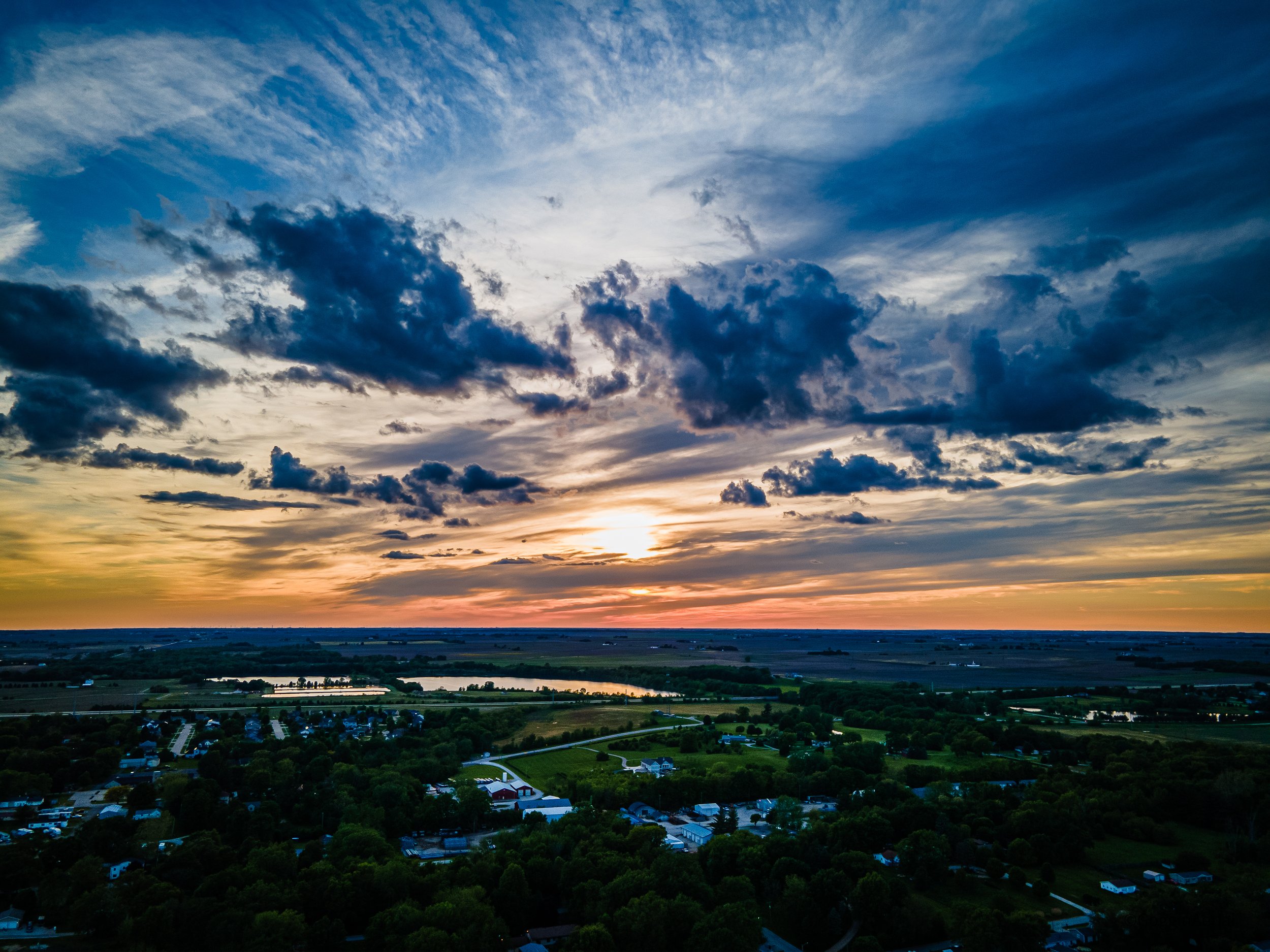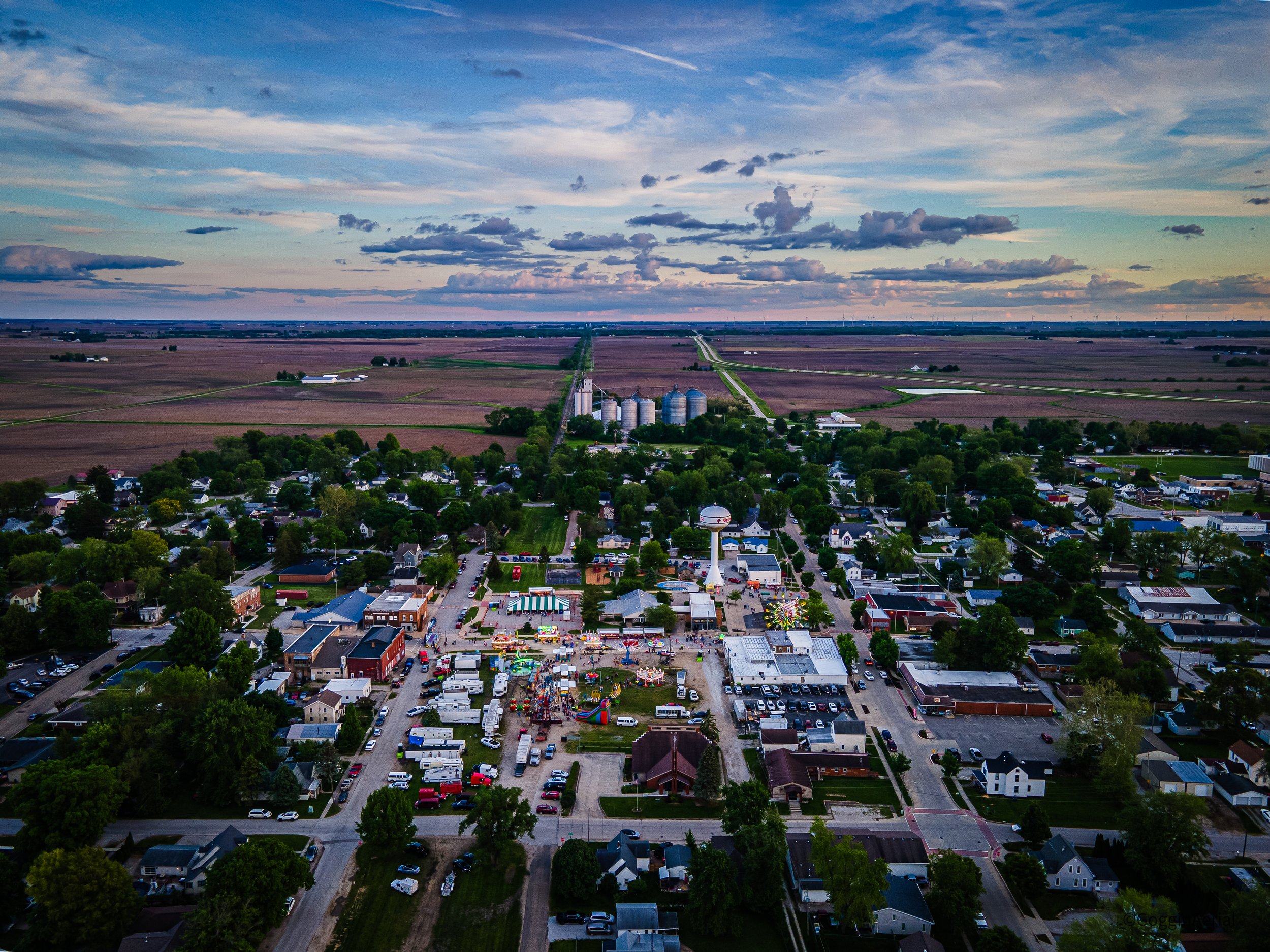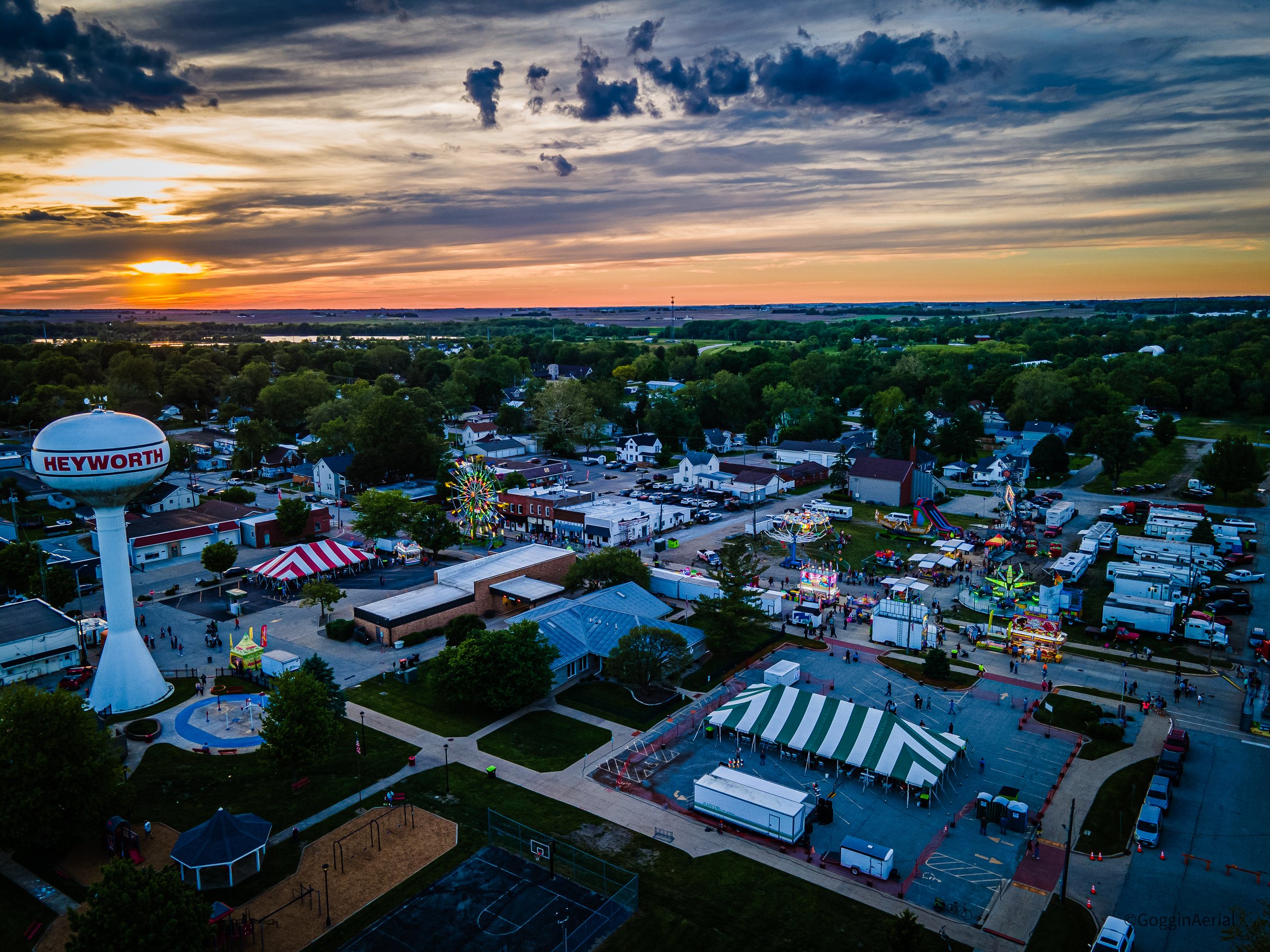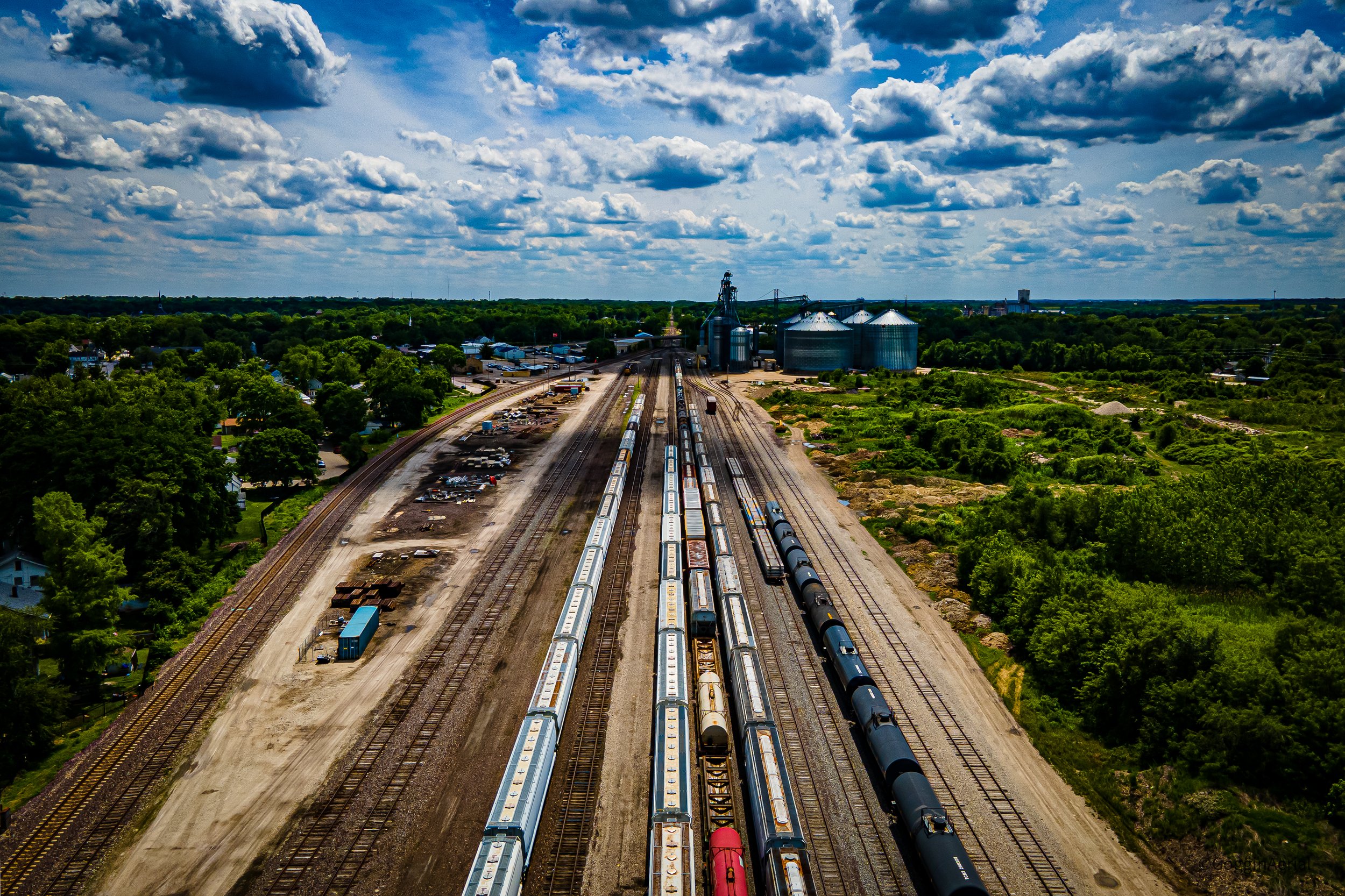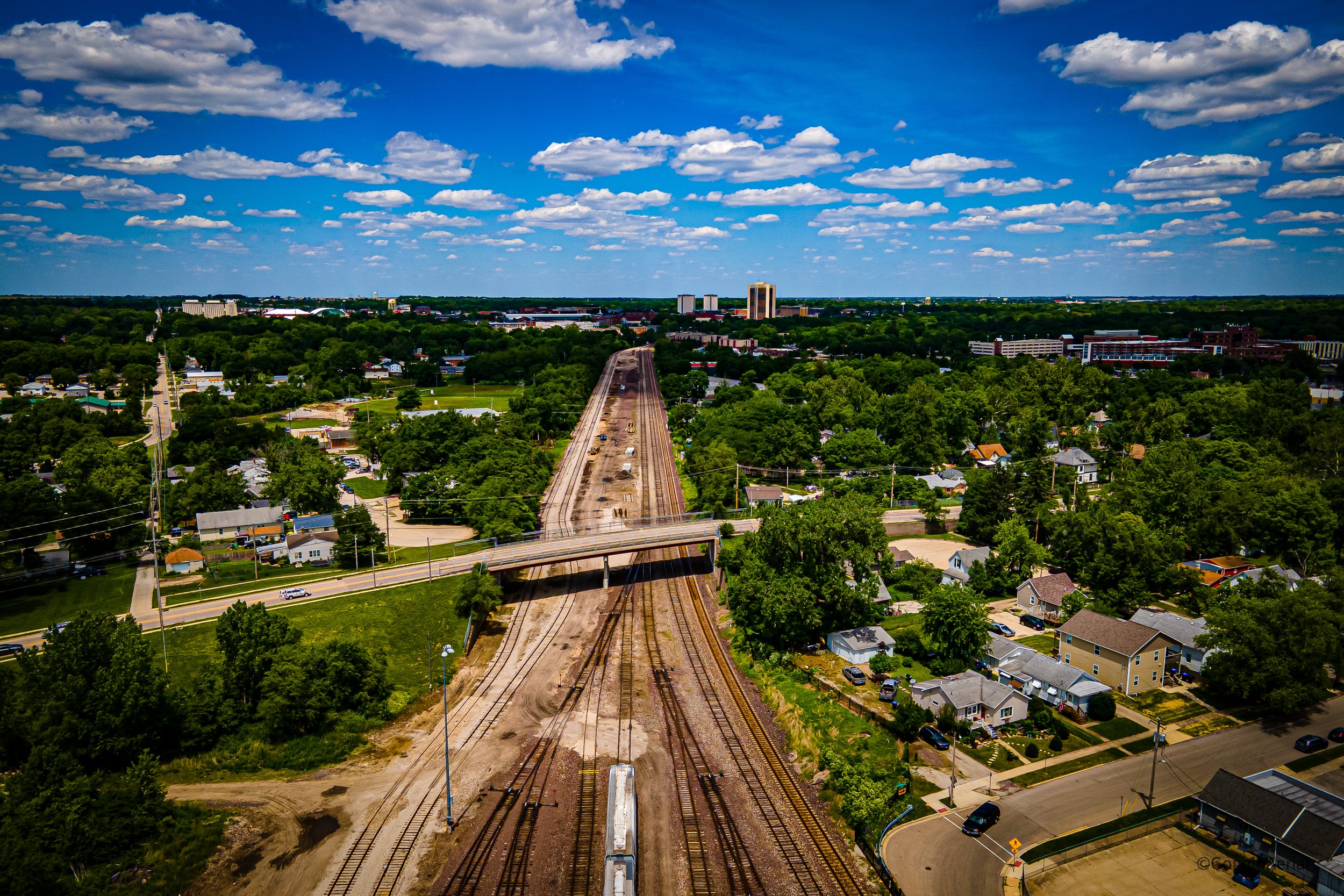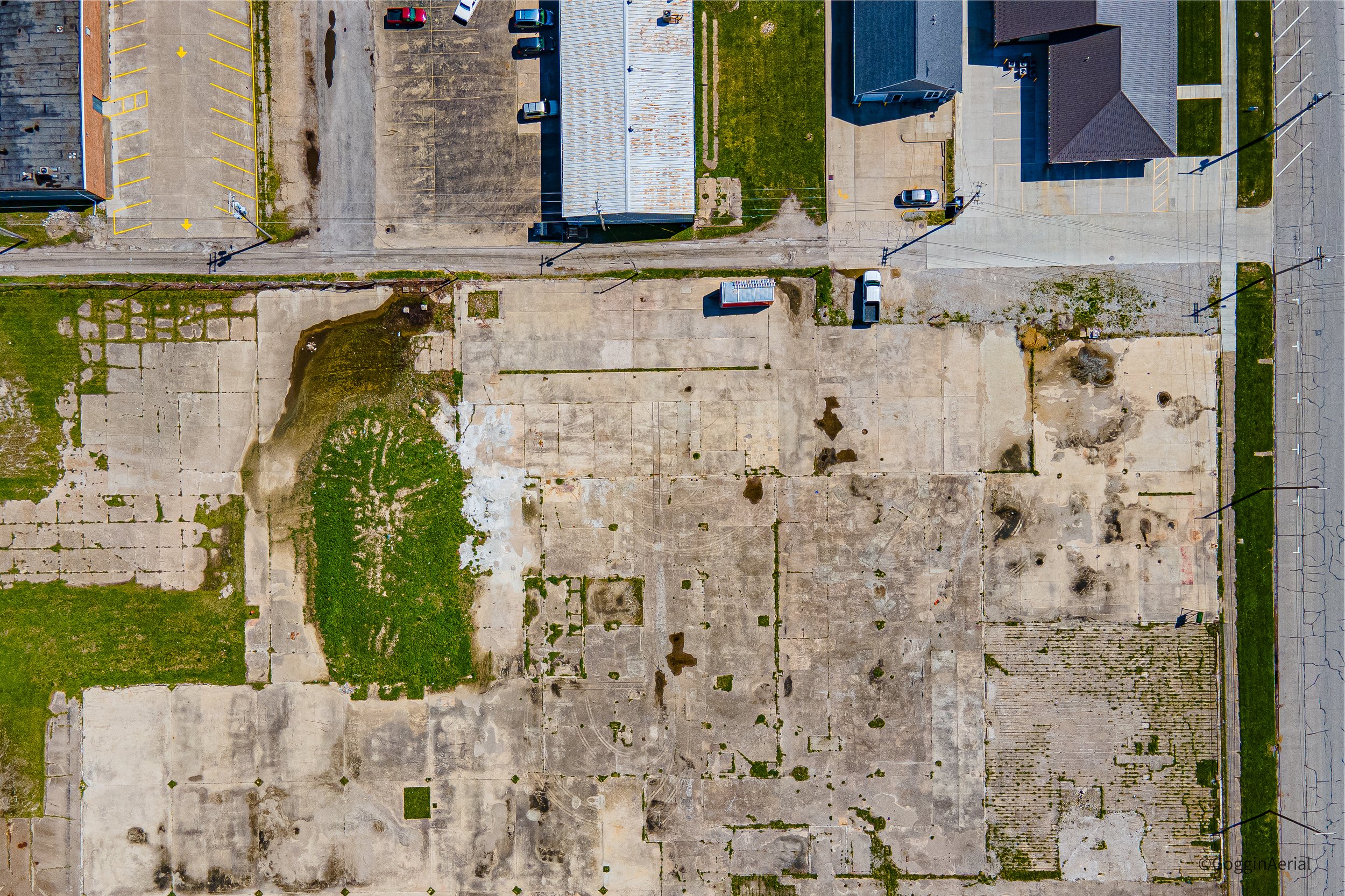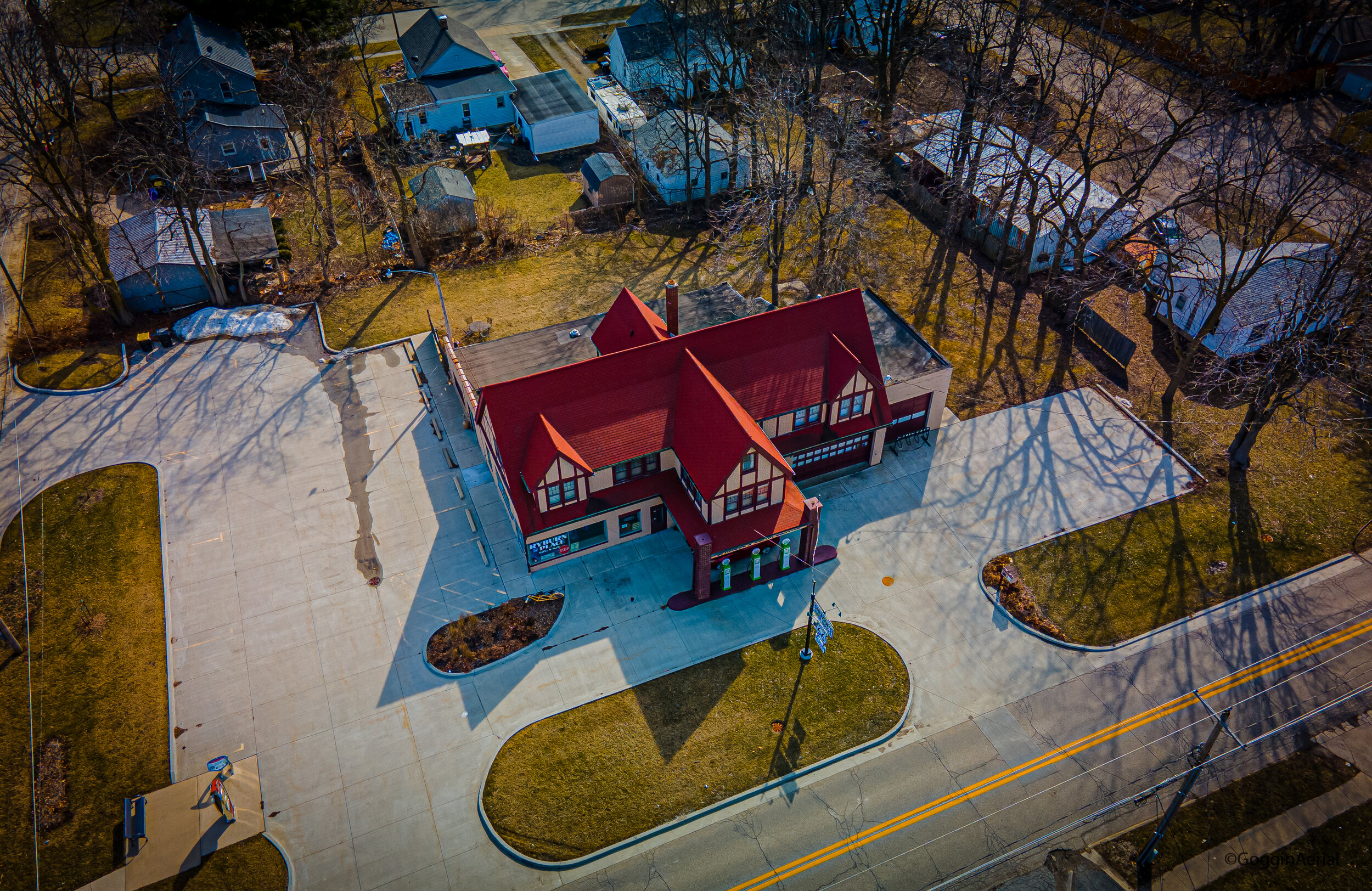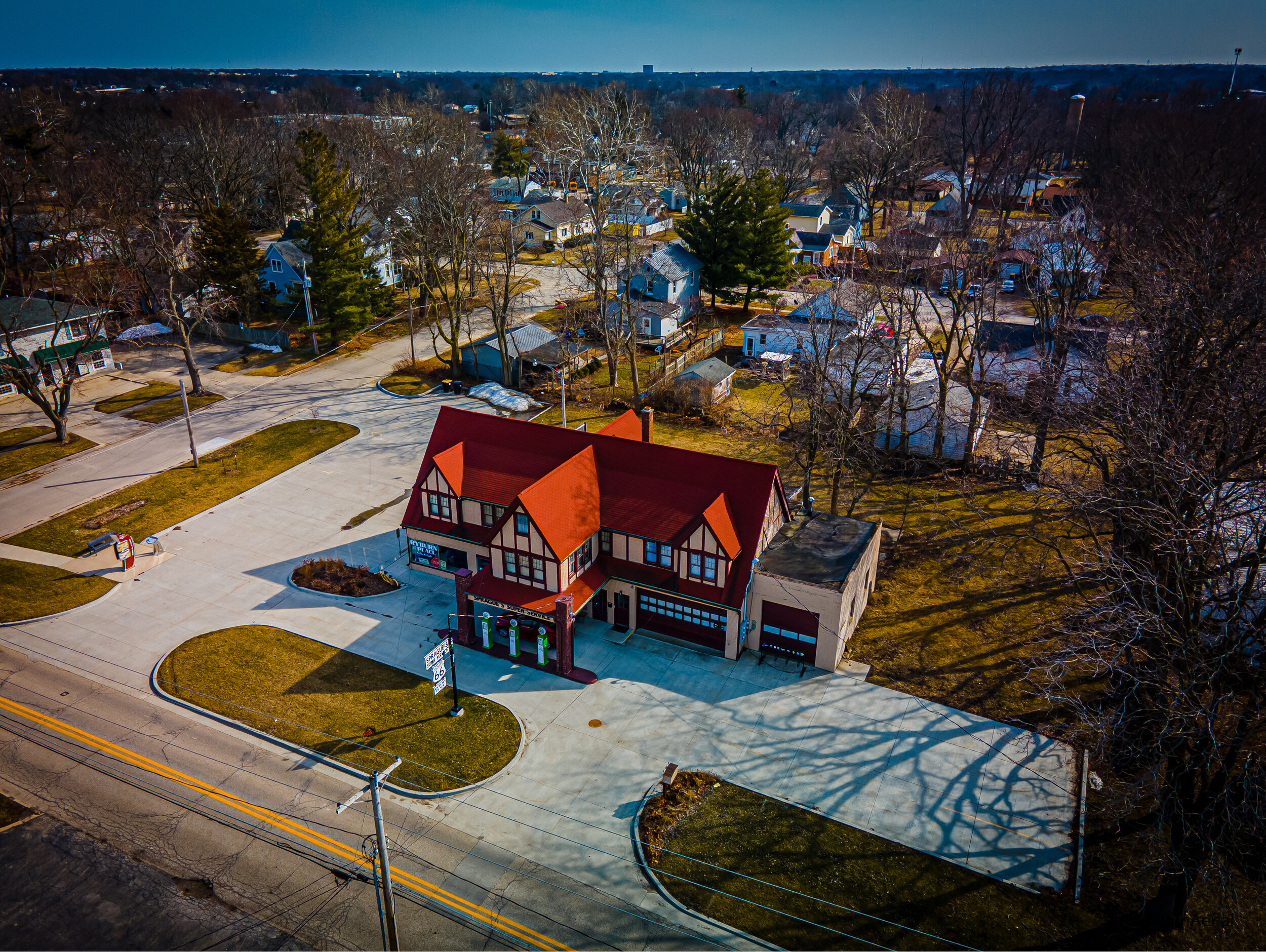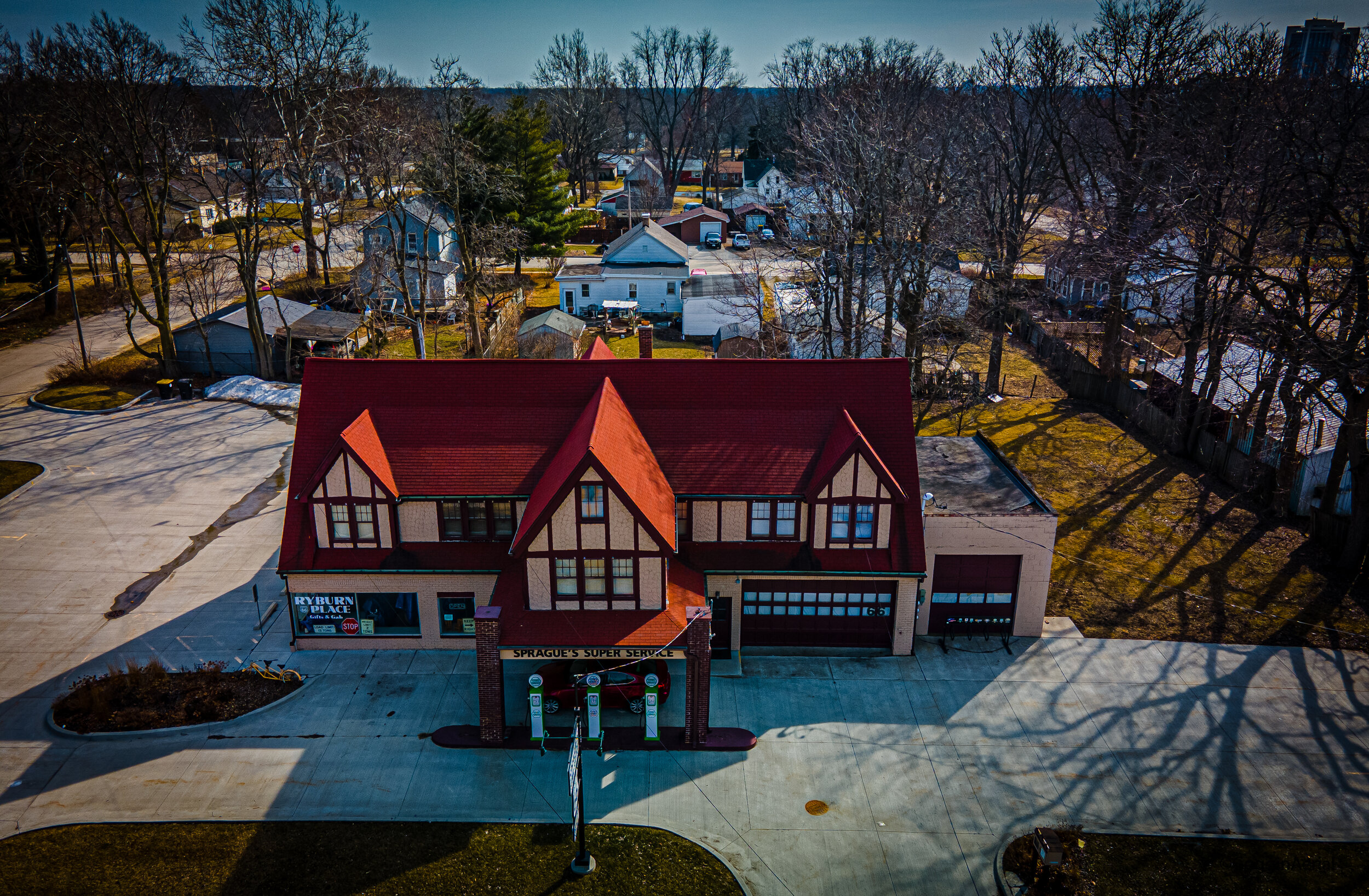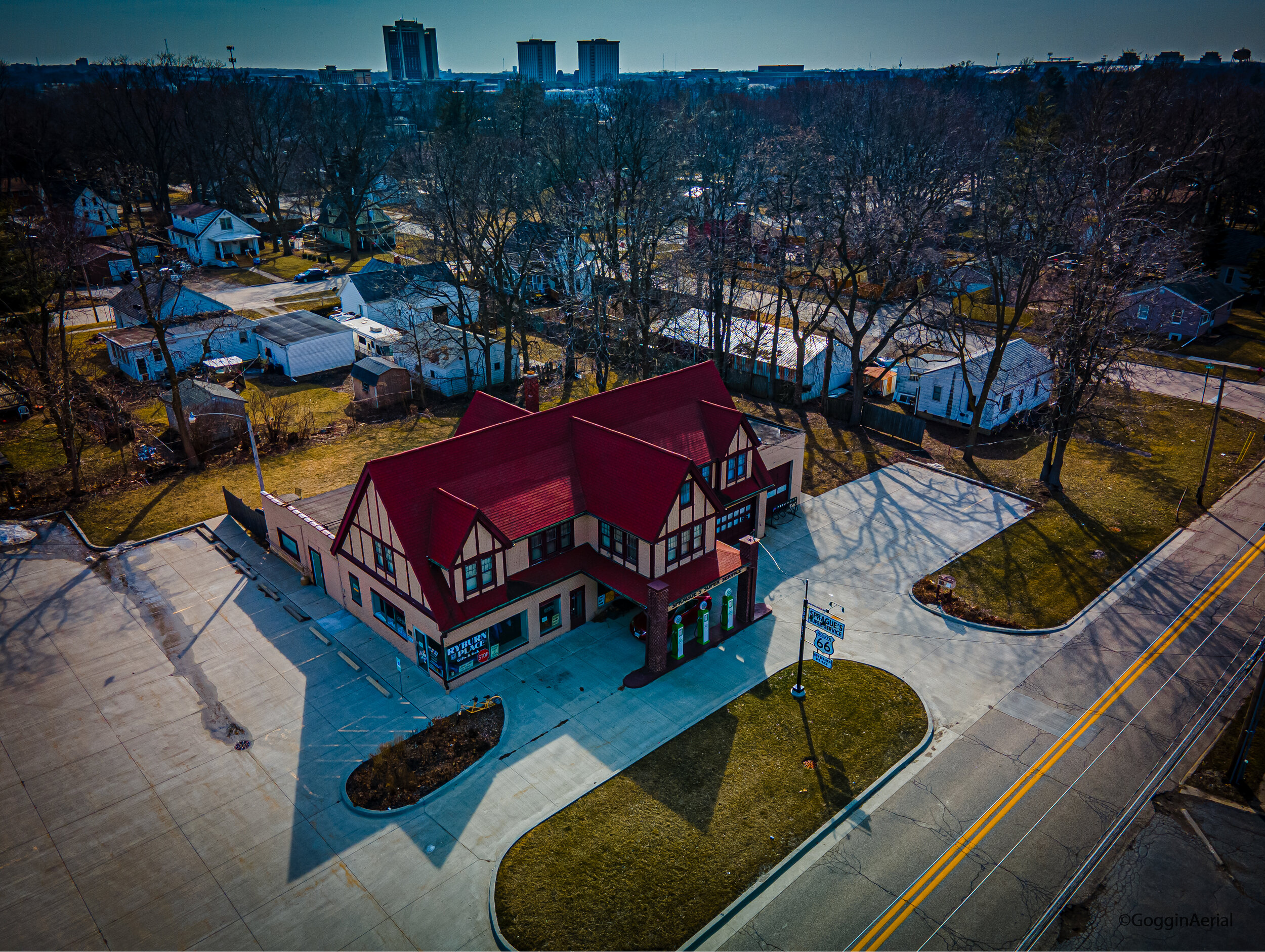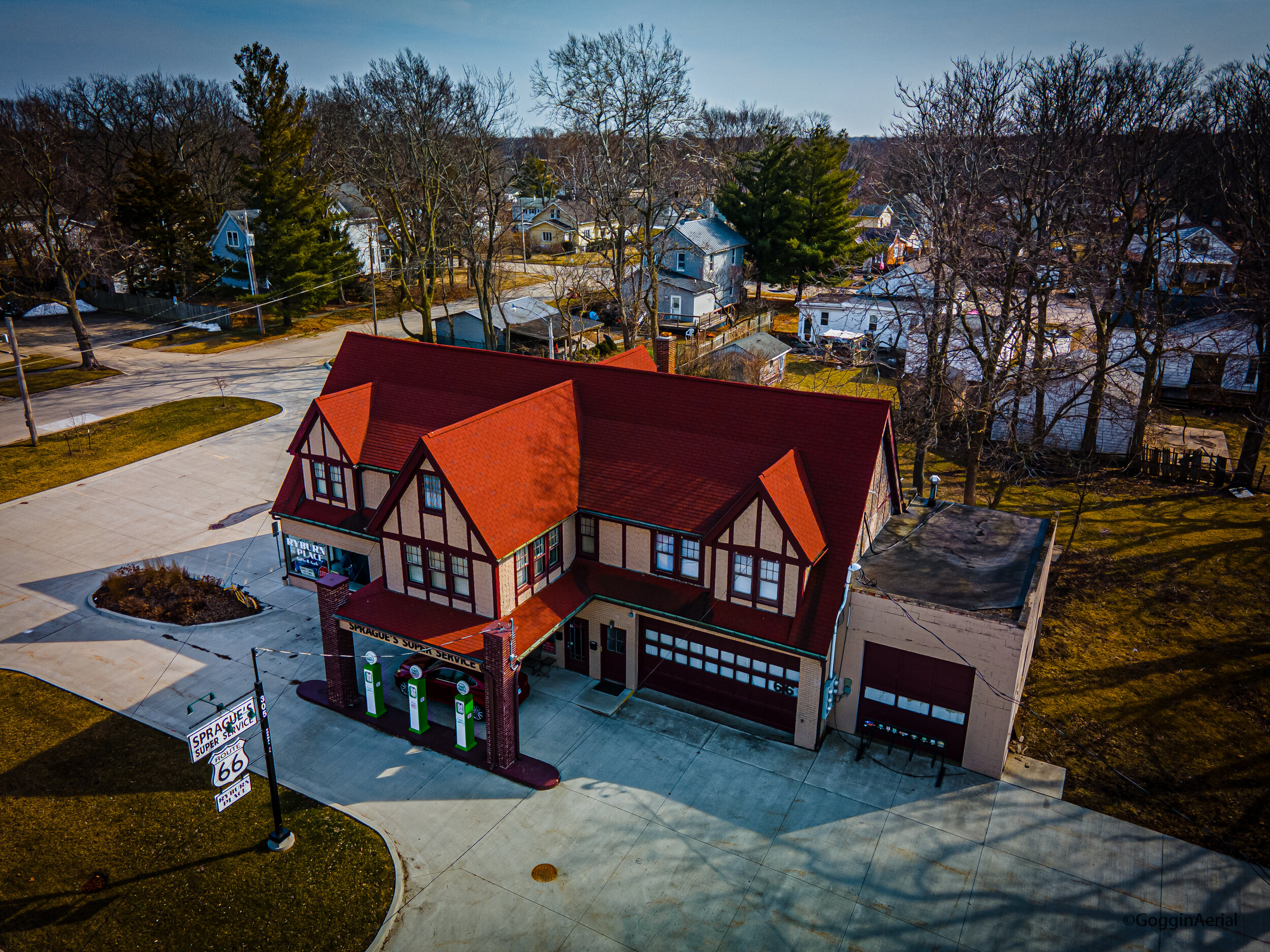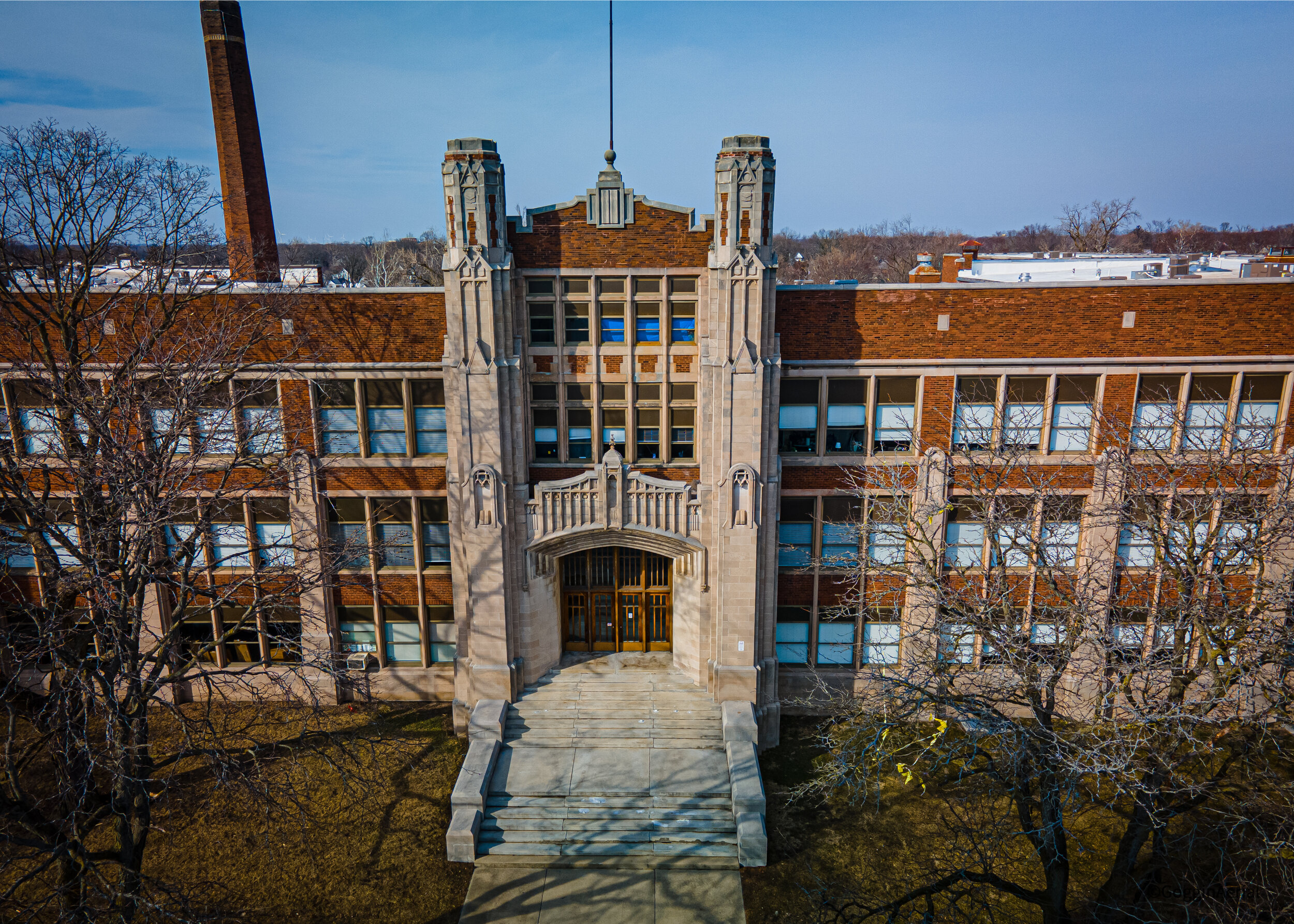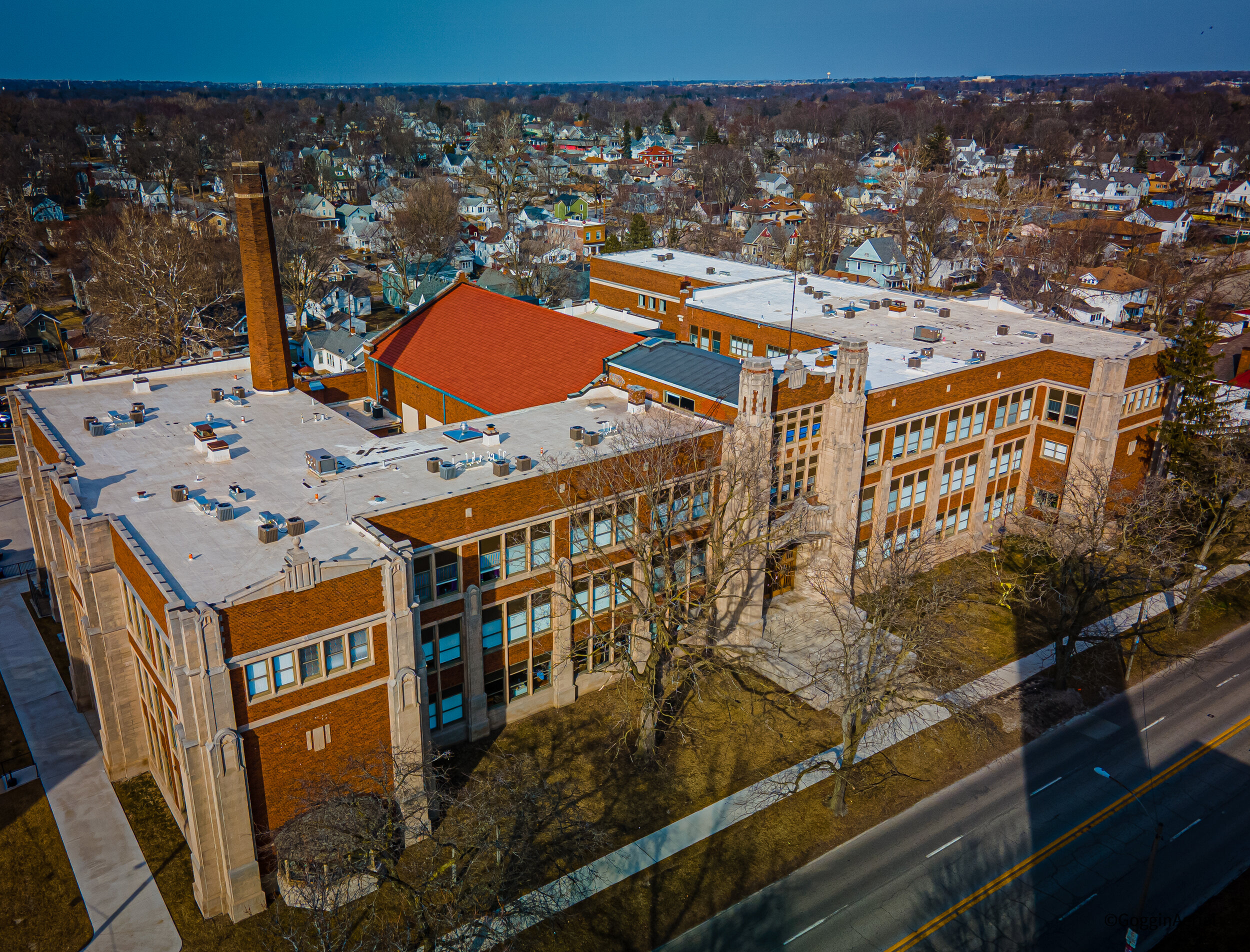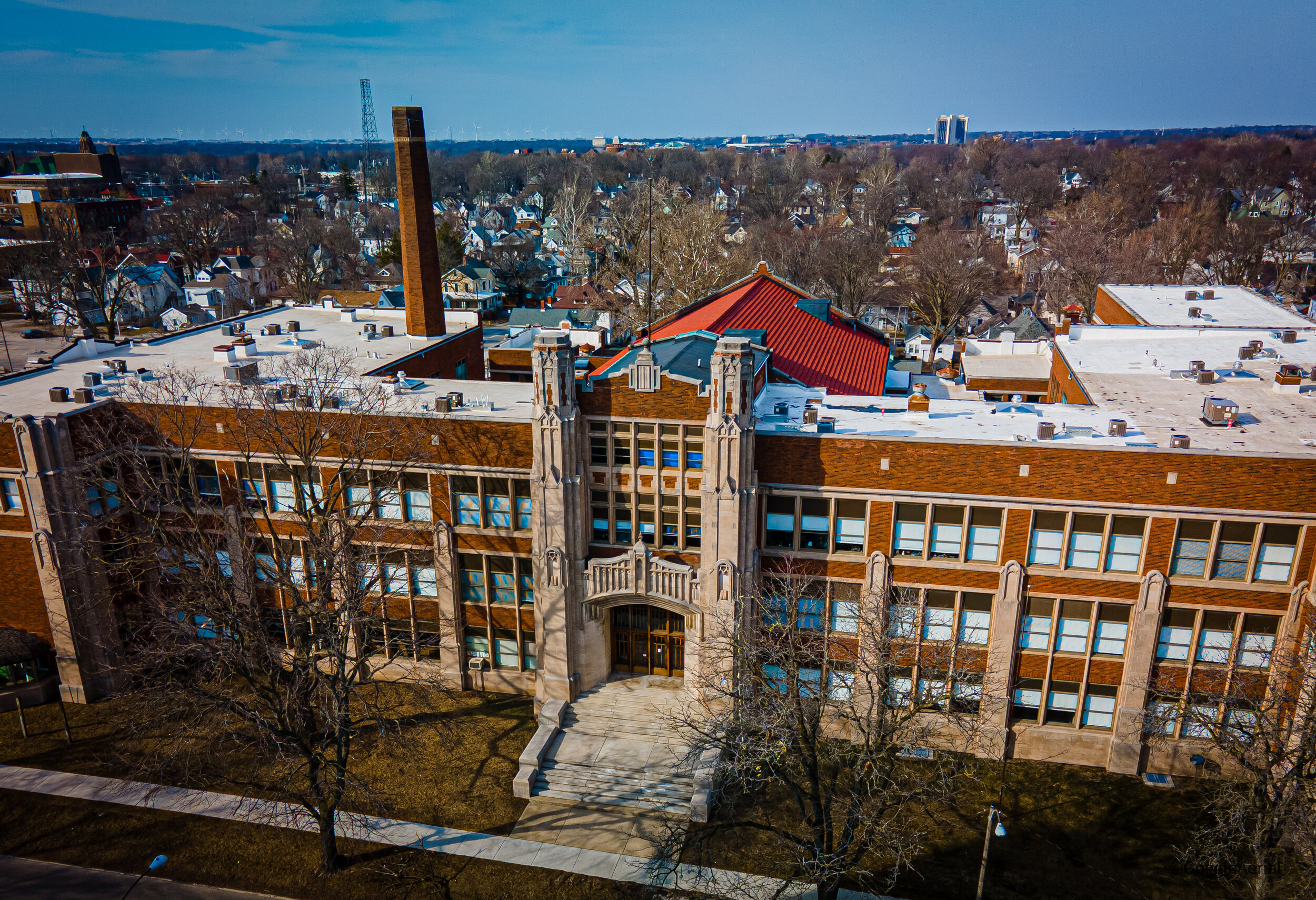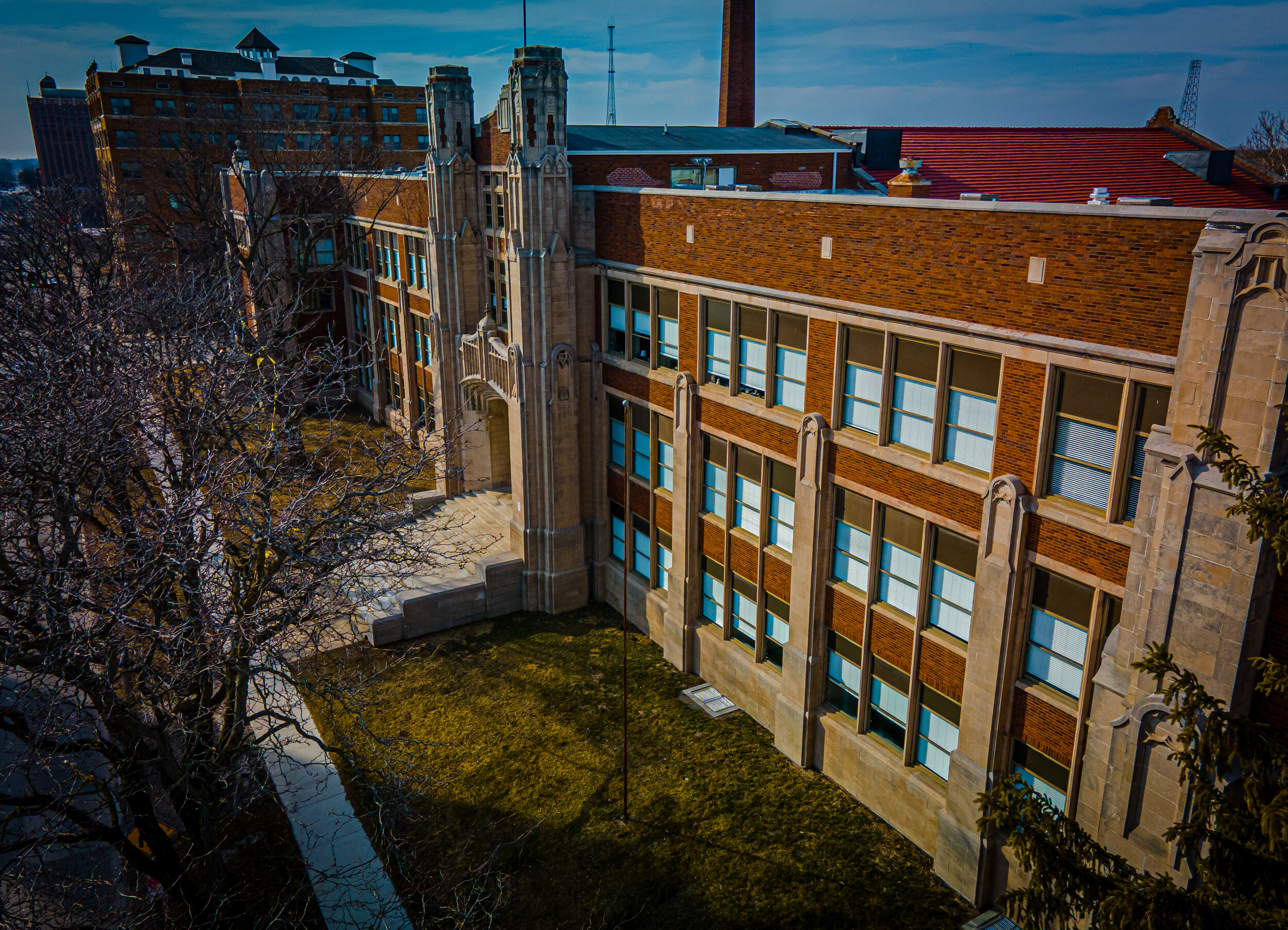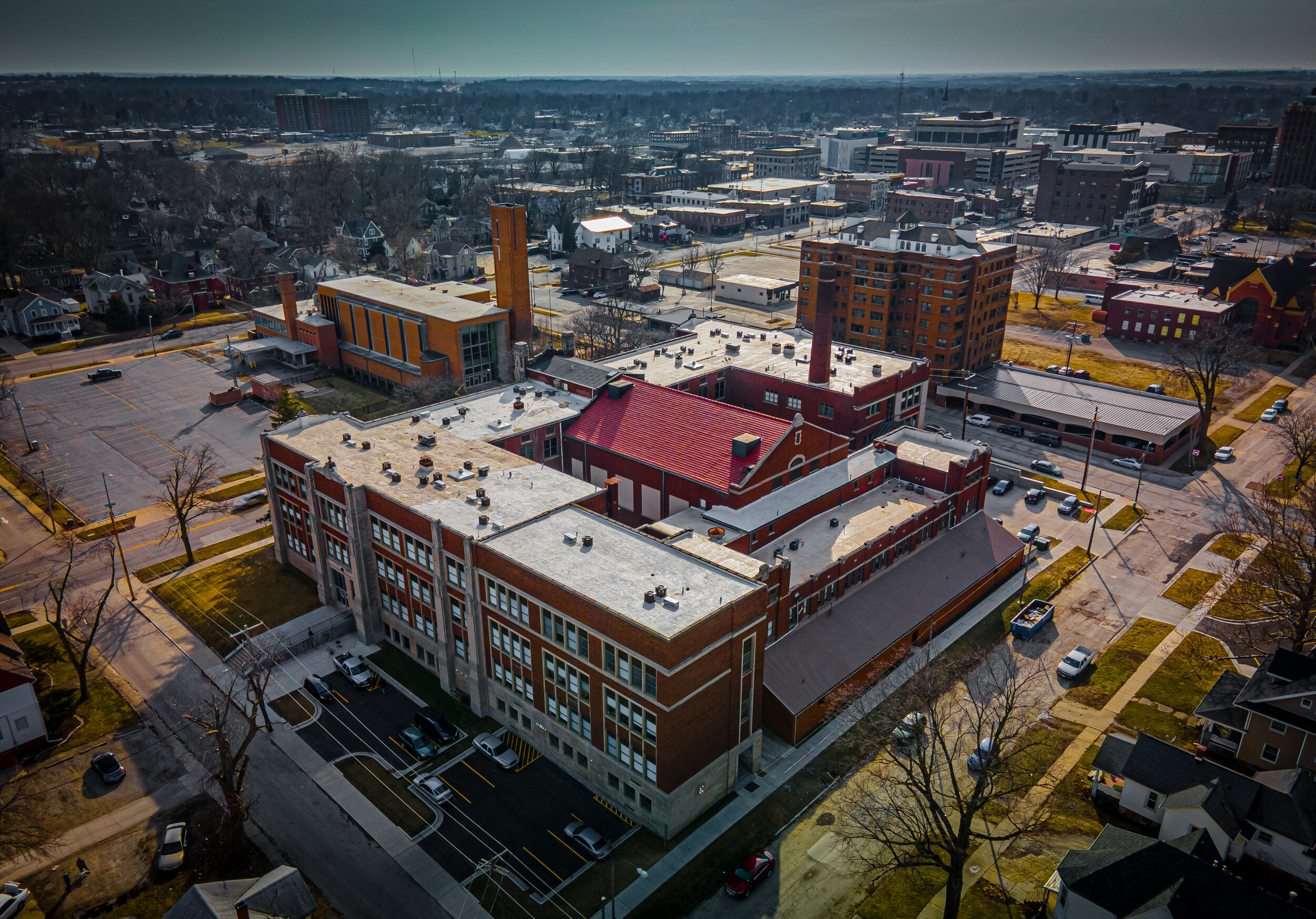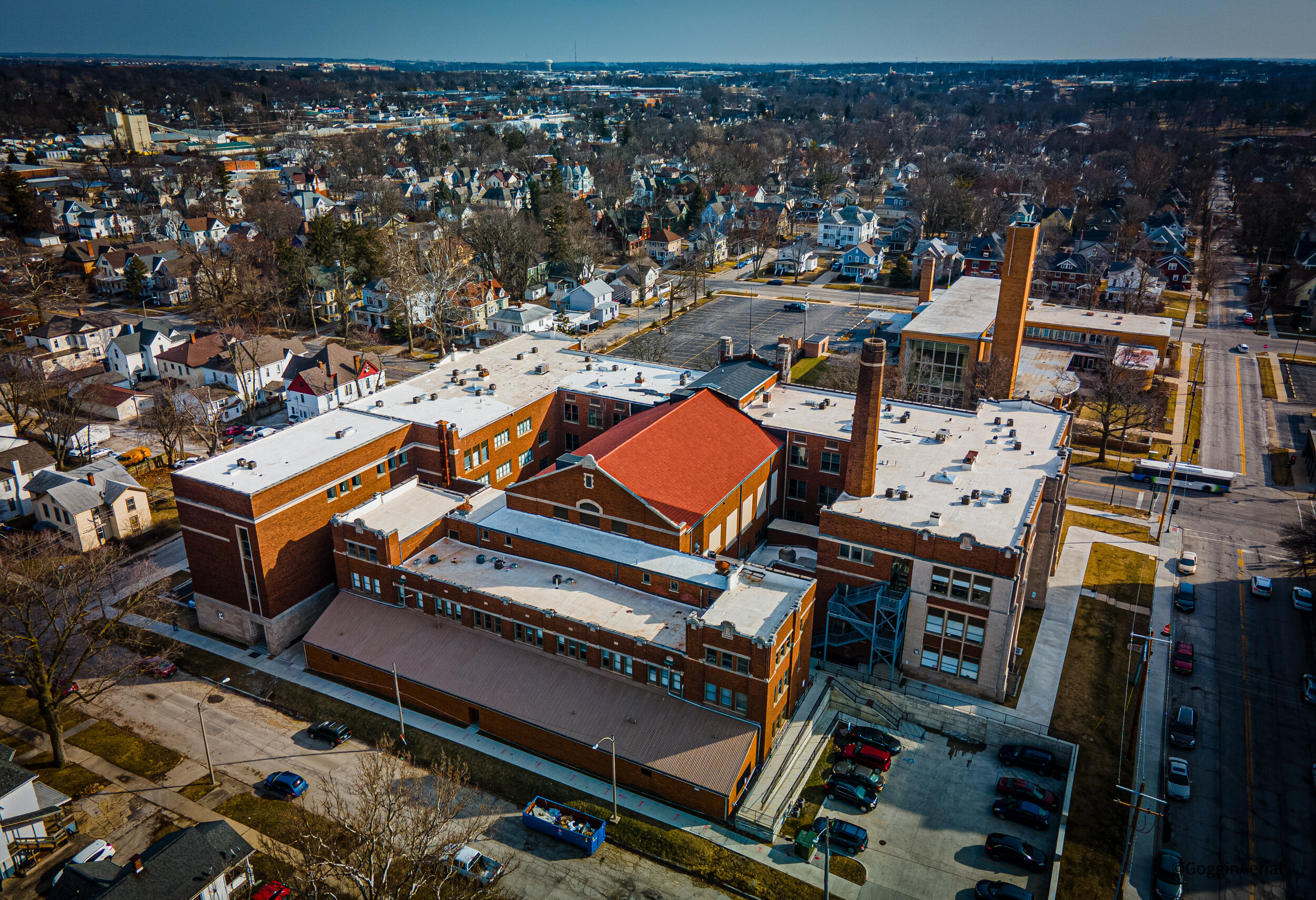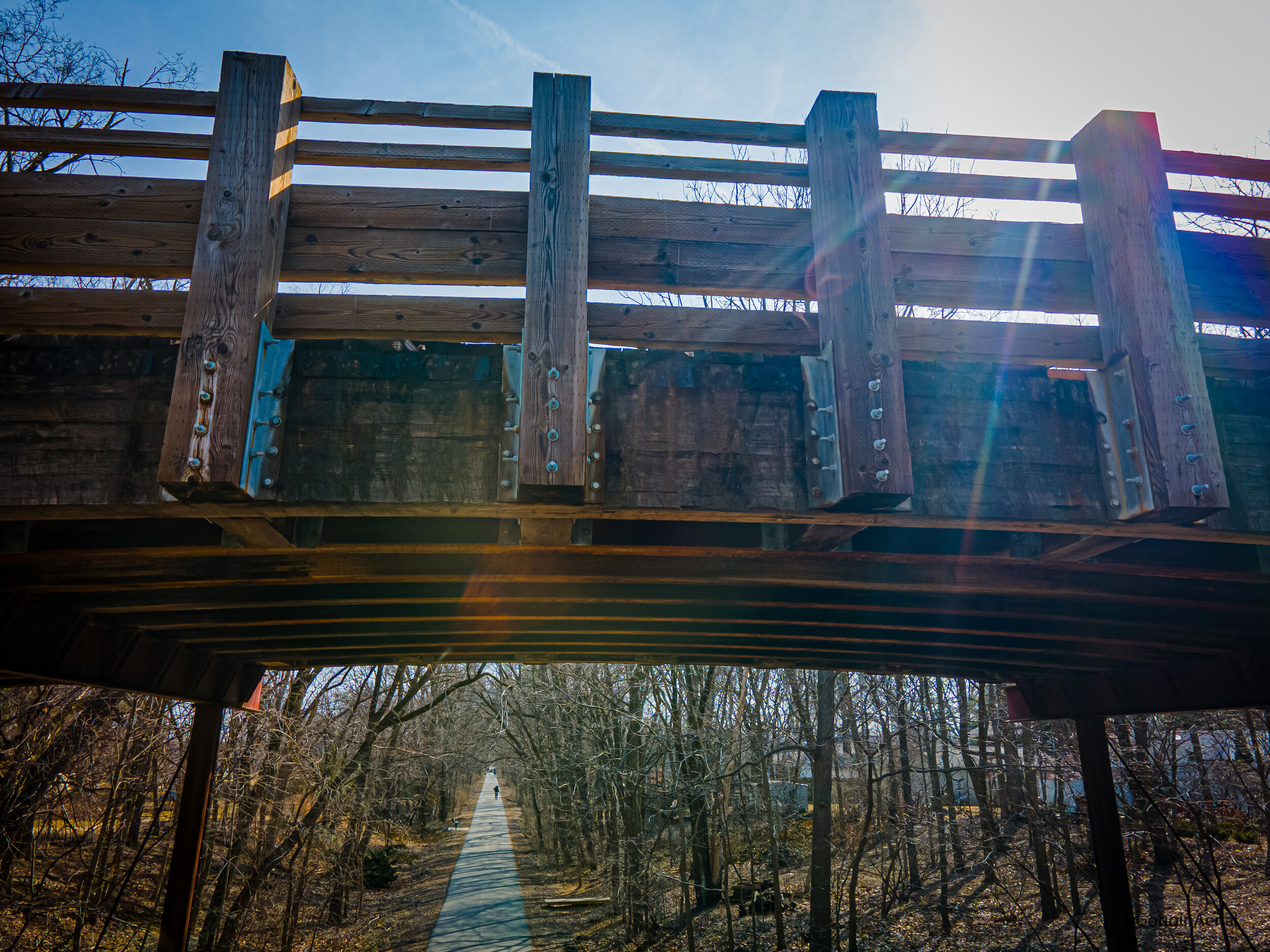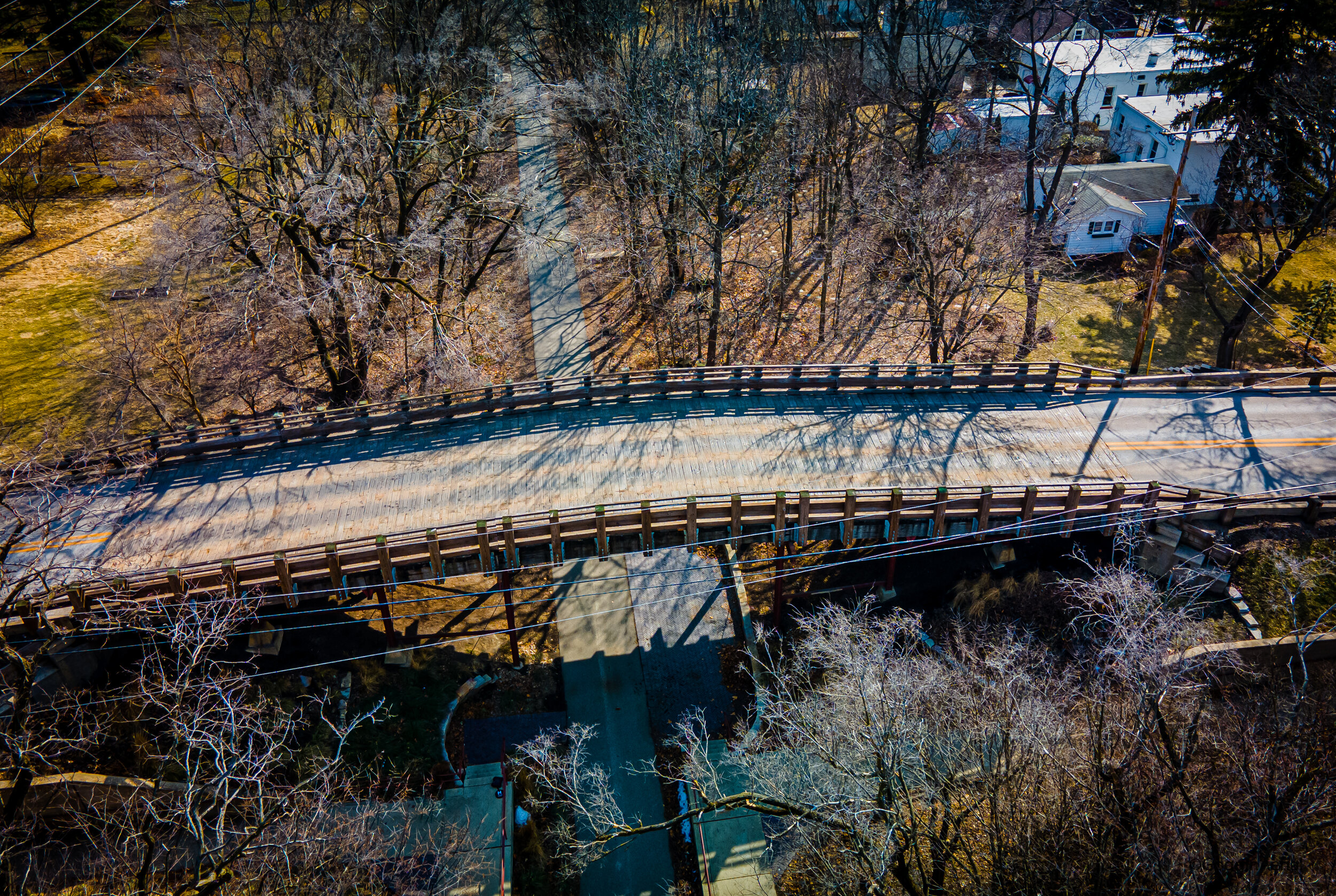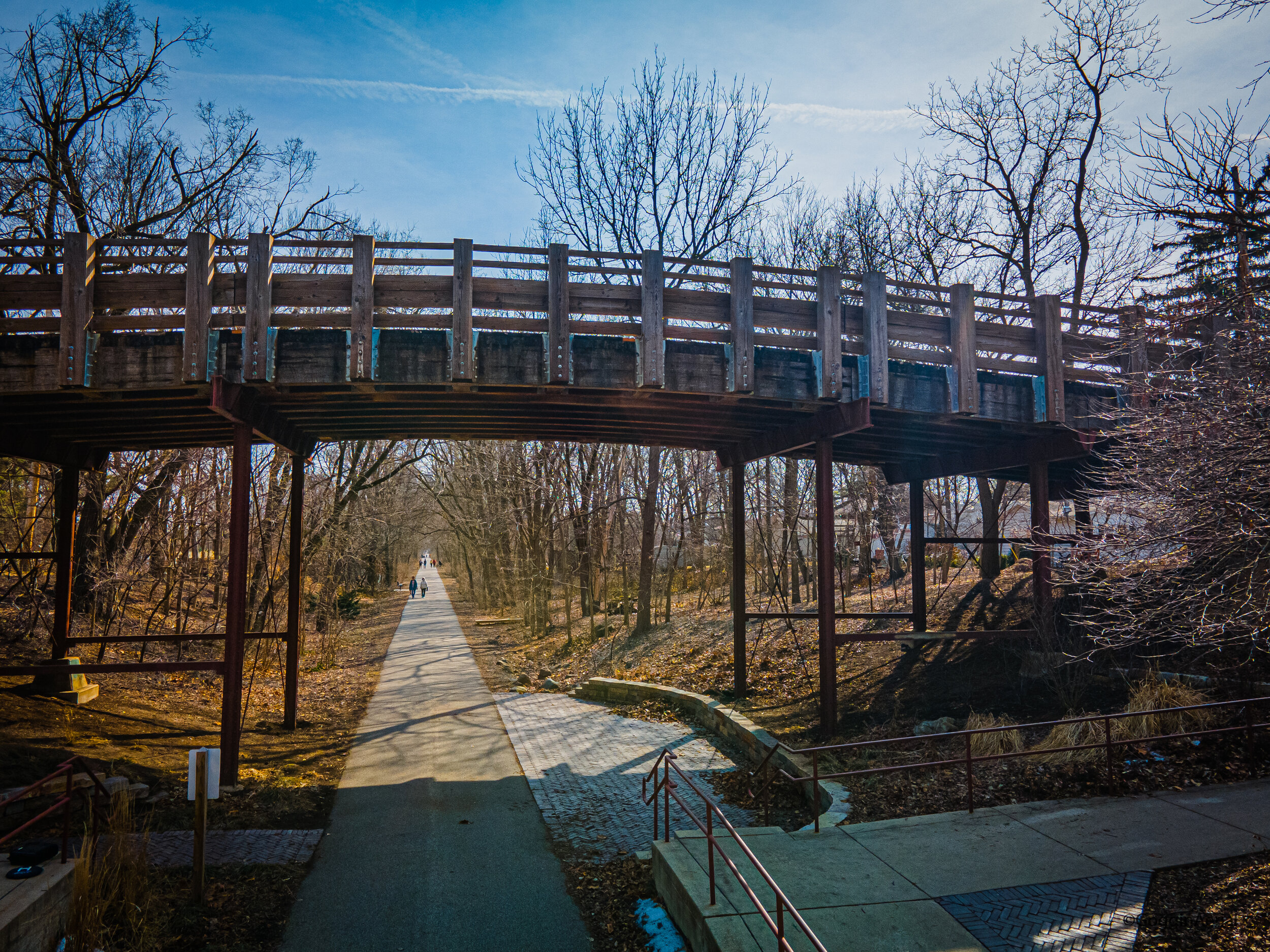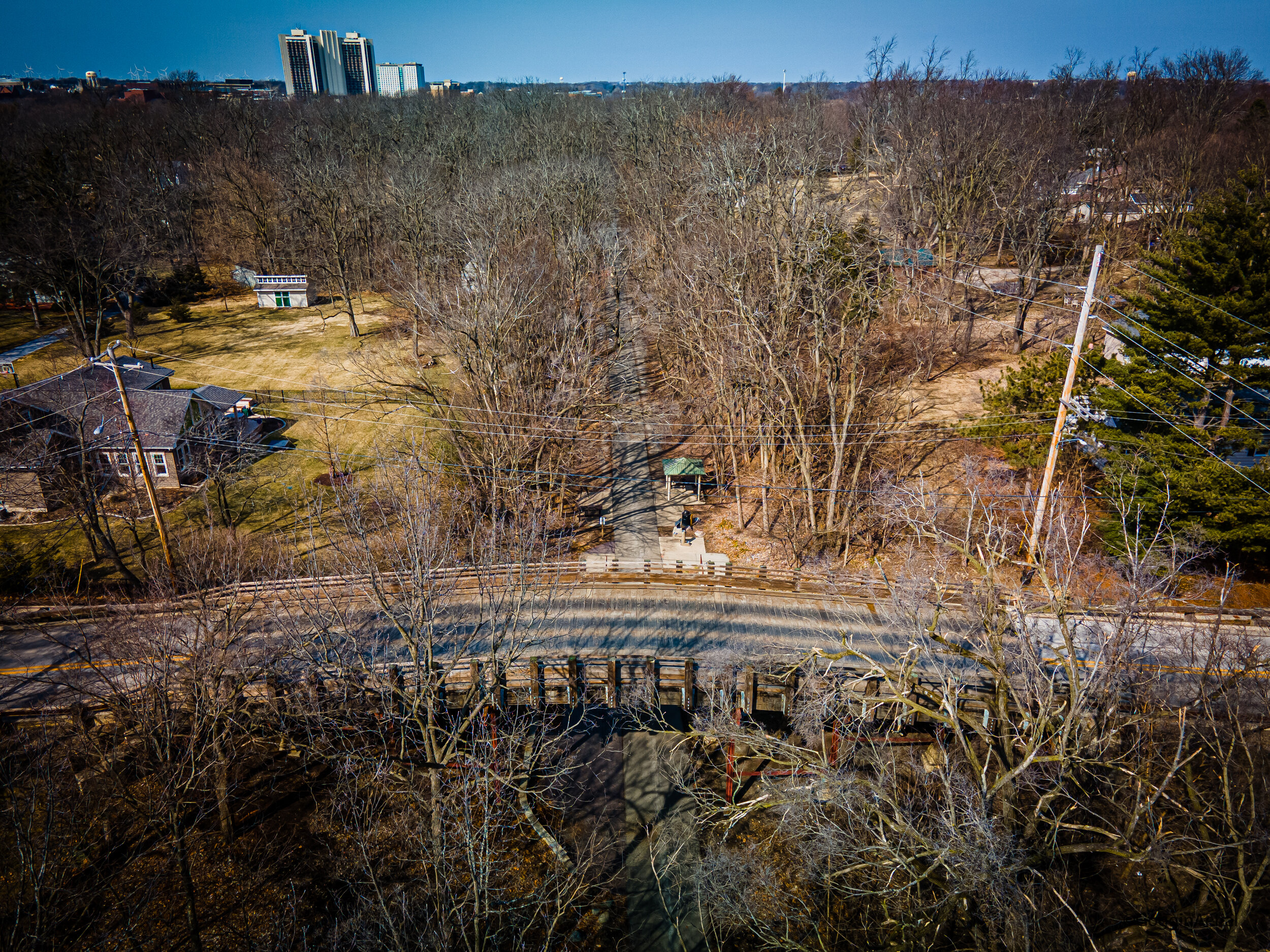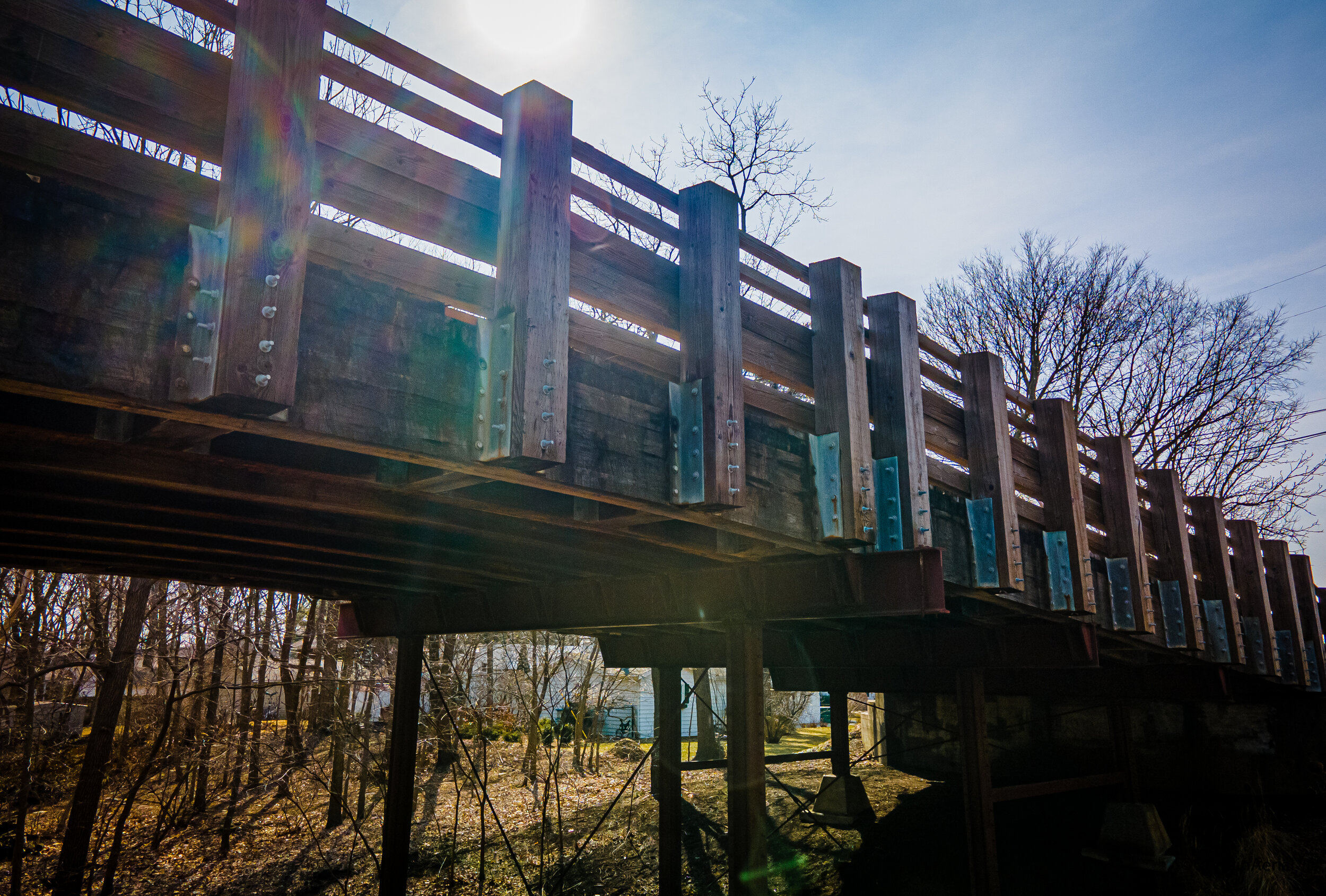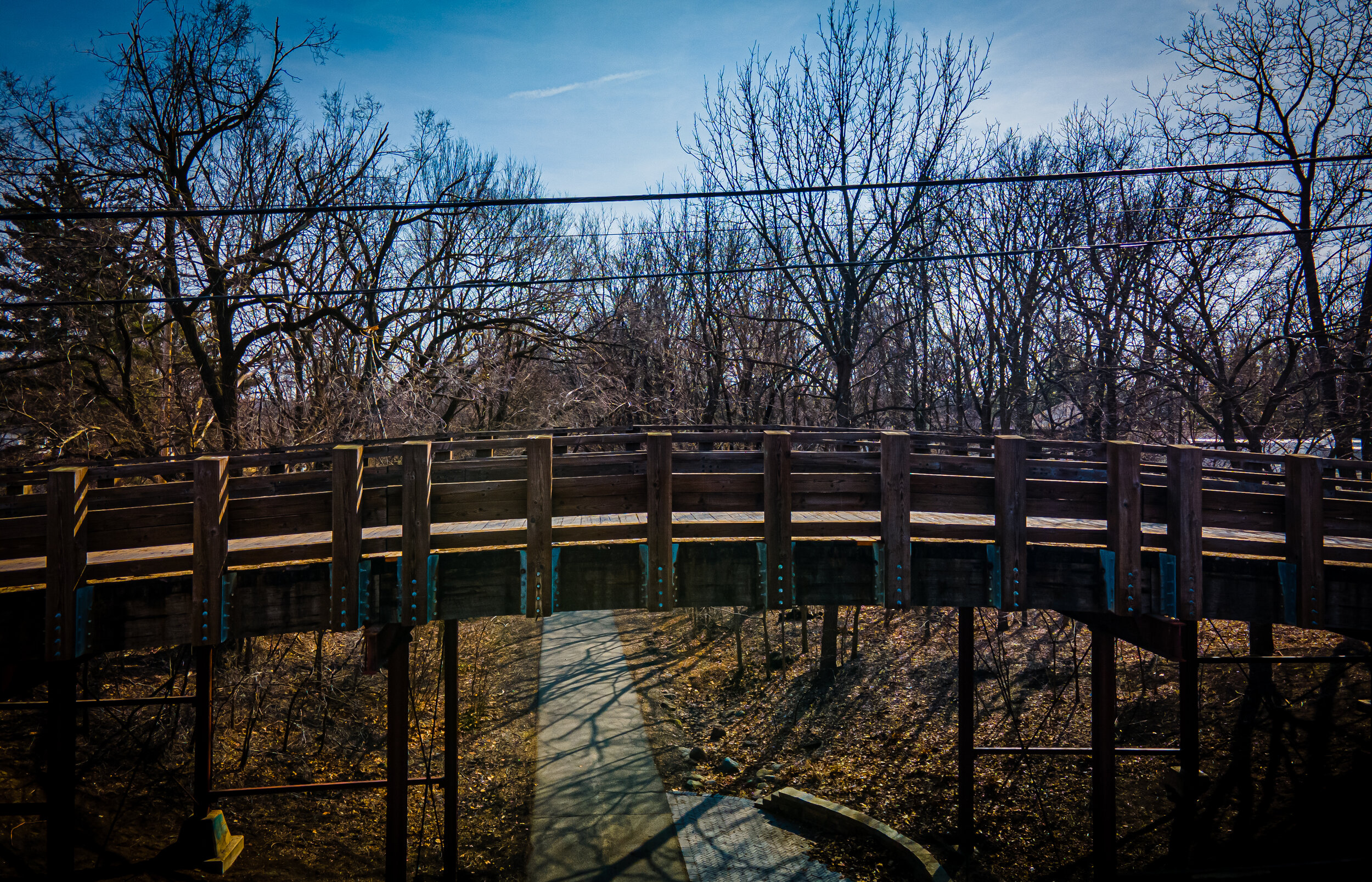No comfort in the Growth Zone
In the journey of growth, setbacks are often seen as obstacles, but they are, in fact, opportunities in disguise. Each setback presents a chance to learn something new, to adjust our strategies, and to emerge stronger.
A few weeks back I faced a significant professional setback, entirely the result of my own (in)actions. It was disheartening. However, I took this as a learning opportunity. I’ve decided to work tirelessly to identify the issue, fix it, and most importantly, ensure that it won’t happen again.
This experience reminded me that failure is not the opposite of success; it’s part of it. I’ve grown from this setback and am now more prepared for the challenges that lie ahead. I’m excited about the progress I’m making and the lessons I’m learning along the way. Growth is a journey, and every step, even the ones backward, are important.
Grief and a Carnival
I find myself thinking tonight of a friend who recently lost his mother, and the dignity with which he faced her last days. It wasn’t easy, but he and his wife made an excellent hospice team for a dying woman. They have a tough road ahead now.
Grief is a universal human experience. It's intensely personal and unique to each individual, often a reaction to a significant change or loss in one's life. This loss can range from the death of a loved one, the end of a relationship, or a shift in personal identity or life circumstances.
Transition is the process of adjusting and adapting to this change. It can often be an emotional rollercoaster, filled with highs and lows, progress and setbacks. Yet, it's an essential part of the healing process, leading us from a place of pain and loss to understanding and acceptance.
Grief and transition go hand in hand, as we navigate the tumultuous waters of change. It's important to allow ourselves the space and time to grieve, to feel the full depth of our emotions without judgment or complication. It's okay to not be okay.
Remember, there's no set timeline for grief and transition. Everyone moves at their own pace, in their own way. Be patient, and know that it's okay to take the time needed to heal.
Anyway, here are some recent shots of the Hey Daze festival and the sunset surrounding it last weekend. Our little town hosts it each spring.
Learn from lonely
Loneliness is a universal human experience that can touch us all at different times, and in different ways. It is an emotional state that is often associated with feelings of isolation, emptiness, or abandonment. However, it's essential to remember that loneliness isn't necessarily about being alone. Instead, it's the feeling of being alone and feeling disconnected from others.
In a world increasingly connected through technology, it's ironic that feelings of loneliness are on the rise. We have more ways than ever to connect with each other, yet we often feel more isolated than ever. This paradox highlights that it's not about the quantity of our connections, but the quality. True connection comes from shared experiences, understanding, and empathy, not just shared status updates.
Loneliness can also be a powerful catalyst for self-discovery and change. It can provide us with the space and time to reflect on our lives, our relationships, and our place in the world. It can push us to seek new connections, experiences, and perspectives that can enrich our lives.
This feeling, while often seen as a negative state, can bring about personal growth and a deeper understanding of one's self and others. It's a complex feeling that reminds us of our fundamental need for connection and belonging. So, the next time you feel lonely, remember, it's a shared human experience. You are not alone.
Joy, Complex
Joy, a simple three-letter word, yet it represents a complex array of emotions that are anything but. It’s a feeling we all strive to experience, yet its true nature is often misunderstood.
Joy is not simply the absence of pain or the presence of pleasure, it's a much deeper, profound emotion that's intricately woven into the fabric of our lives. Joy can be found in the smallest of moments: a shared laugh with a friend, the taste of a favorite meal, or the accomplishment of a long-held goal.
Yet, joy is also complicated. It’s not a constant, unchanging state. It ebbs and flows, comes and goes. It can be elusive, slipping away just when we think we have it firmly in our grasp. Joy can be fleeting, appearing in a moment only to disappear just as quickly.
One of the complexities of joy is that it often comes hand-in-hand with sorrow. Sometimes, the most joyous moments are those that come after periods of hardship or suffering. The joy of achievement is often heightened by the struggle that preceded it. The joy of reunion is made sweeter by the pain of separation that came before it.
Joy is subjective. What brings one person joy might not bring another the same feeling. It’s influenced by our experiences, our values, and our perceptions. It's a deeply personal emotion that can't be prescribed or predicted.
Yet, despite its complexities, joy is undeniably powerful. It can uplift us, inspire us, and give us a sense of purpose. It can bring light to the darkest of days and provide a beacon of hope when all seems lost.
While joy may be complex, it is a vital part of the human experience. It's the emotion that fuels our pursuit of happiness and gives meaning to our lives. So, embrace the complexities of joy. Seek it out, nurture it, and let it flourish. Because in the end, the pursuit of joy is the journey of life itself.
Stormy Weather
The world has a tendency to divide itself into two categories: those who thrive under the brilliance of sunny skies and those who are captivated by the dramatic allure of stormy weather. This post is dedicated to the latter group, the ones who find a unique form of comfort and peace in the midst of a storm. We'll explore the beauty of stormy weather, its role in inspiring creativity, and the sense of calm it can bring.
Storms have a way of transforming the world into a canvas of spectacularly raw and untamed beauty. The dark, brooding clouds that roll across the skies are like the brush strokes of an impressionist painter, creating a scene filled with depth and emotion. The burst of lightning tearing through the skies adds a dramatic flair, illuminating the landscape in a breathtaking display of nature's power. Then there's the rain, a cascade of drops that paints everything with a glossy sheen, making the world seem refreshed and renewed. It's a spectacle to behold, a reminder of the formidable yet awe-inspiring force of nature.
There's something about the symphony of thunderclaps and raindrops that stirs the creative soul. The enchanting spectacle of a storm often serves as a source of inspiration for artists, writers, and musicians, providing a rich sensory backdrop that fuels imagination. The rhythmic patter of rain on the window pane, the flash of lightning in a darkened sky, the scent of wet earth - these elements combine to create a mood that is conducive to introspection and creativity. It's no wonder that many great works of literature, art, and music have been conceived during stormy weather, their creators drawing upon the tempest outside to bring their ideas to life.
Contrary to popular belief, stormy weather isn't always about chaos and destruction. In fact, for many people, the sound of rain and the sight of dark clouds have a calming effect, serving as a soothing balm for the mind and soul. The gentle drumming of rain on the roof can lull us into a state of deep relaxation, while the cool, damp air can make us feel grounded and connected with the natural world. It's a moment of respite from the hustle and bustle of everyday life, an opportunity to pause and simply be in the present moment, enveloped by the comforting embrace of the storm.
Stormy weather, with all its drama and intensity, possesses a beauty that is both profound and captivating. It's a sensory feast that stirs the imagination, a compelling muse for the creative mind, and a soothing lullaby for the weary soul. So the next time the clouds gather and the first drops of rain begin to fall, take a moment to appreciate the storm in all its glory. Remember, it's not just about the storm itself, but how we choose to experience it. Embrace the storm, and you may just find a new sense of wonder and tranquility.
Abandoned Barn, McClean County
It’s been a hot minute since I added a blog post here. It’s not because I haven’t been working, I just haven’t had much time to shoot for myself. Lots of contract work that isn’t going to end up on this site, though.
This past weekend I had a shoot about an hour away from home, and on my way back I passed this abandoned barn that was strikingly photogenic. Very few cars were on the road, the weather was perfect, and the urge to pull over was inescapable.
I managed to dodge the flock of birds that came whirling out of the upper levels when I got too close, and here is the result!
Bloomington Rail Yard
I get up early every day, no later than 5:30 AM usually. On Sundays I get up that early to attend a fellowship breakfast, and on my way there I pass this rail yard at sunrise. It’s always an impressive sight.
Recently I had a flight contract down in Springfield get cancelled due to weather, so I headed home. When I got here the skies were nice again, and I took the opportunity to scratch this rail yard off my list.
Mattoon, IL
It’s been over a year since I’ve updated this blog. Seems hard to believe. It’s been a turbulent time for sure, but through it all my photography has helped keep me sane and optimistic. It keeps my eyes skyward, which keeps my chin up be default!
I’ve been doing a lot of contract work lately which hasn’t left me much time for flying on my own, but I get some time in the air whenever I can. Recently I stopped in a nice little town SE of Bloomington called Mattoon, and was delighted by the natural contrast between the town itself and the surrounding farm land, like a prairie oasis! (and you know I’m always a sucker for natural contrast!)
I put my girl up and took a few shots as the clouds rolled over. It was peaceful, the town seemed kind, and the sky was just the right shade of blue!
April Showers
…ugh. What a predictable title, I know. It’s the worst, but I’m still new to this blogging thing to share my work. I hope you’re willing to cut me a little slack. Moving on…
I drove up to a trail junction just north of town this Sunday and was lucky to catch a burst from a storm cloud about 20 miles to the West. It’s nice to see the colors of spring popping out, and the purple wildflowers in nearly every field remind me of the strong, resilient women in my life. I guess that’s appropriate with Mother’s Day on the horizon.
Speaking of which, I’ll be posting a blog post soon about the Prints I have for sale, any one of which I’m sure your mother, wife, or other maternal entity will LOVE to have adorning their gracefully decorated walls! Just sayin…
Moving to central IL from Oregon a year ago and looking around at the landscape was a little lonely at first. Mountains have always felt like home to me. Not seeing their imposing presence on every horizon was isolating, like I had lost some old friends. With time though I’ve come to appreciate our new home of Normal, IL, Bloomington, BloNo, or whatever else your preferred term is. The skies are enormous, and I couldn’t hope for more dramatic cloud-scapes. Prevailing wind patterns cause storms to break around the northwest corner of town, then the summer sunset ignites the entire view. Once-or-twice-a-year sunset scenes in Oregon are just a plain ol’ summer Tuesday here in Normal. Every time I think I’m getting bored with flying near my home, I get a new view, a new take on a familiar building, a new opportunity to capture some magnificent and humbling weather event, and I’m refreshed. The area is more alive with history than you’d ever know just by looking at it. The community is kind and unassuming for the most part, and to the extent the pandemic has allowed we feel at home. I’ve been lucky as a Drone Photographer to find the opportunities of shot and composition the area offers, and to only be chased with a shovel once.
Then there’s the damn Geese…

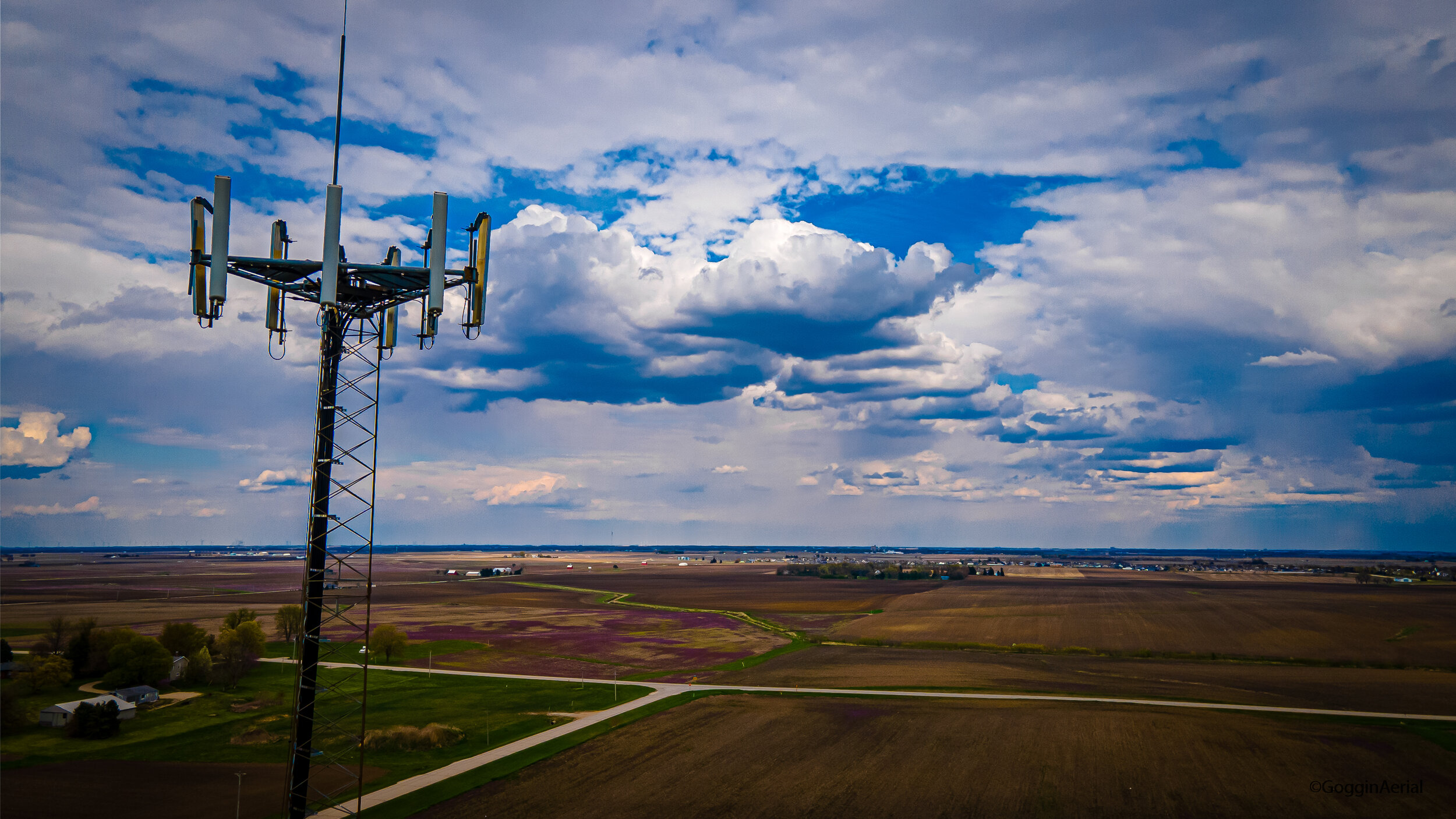
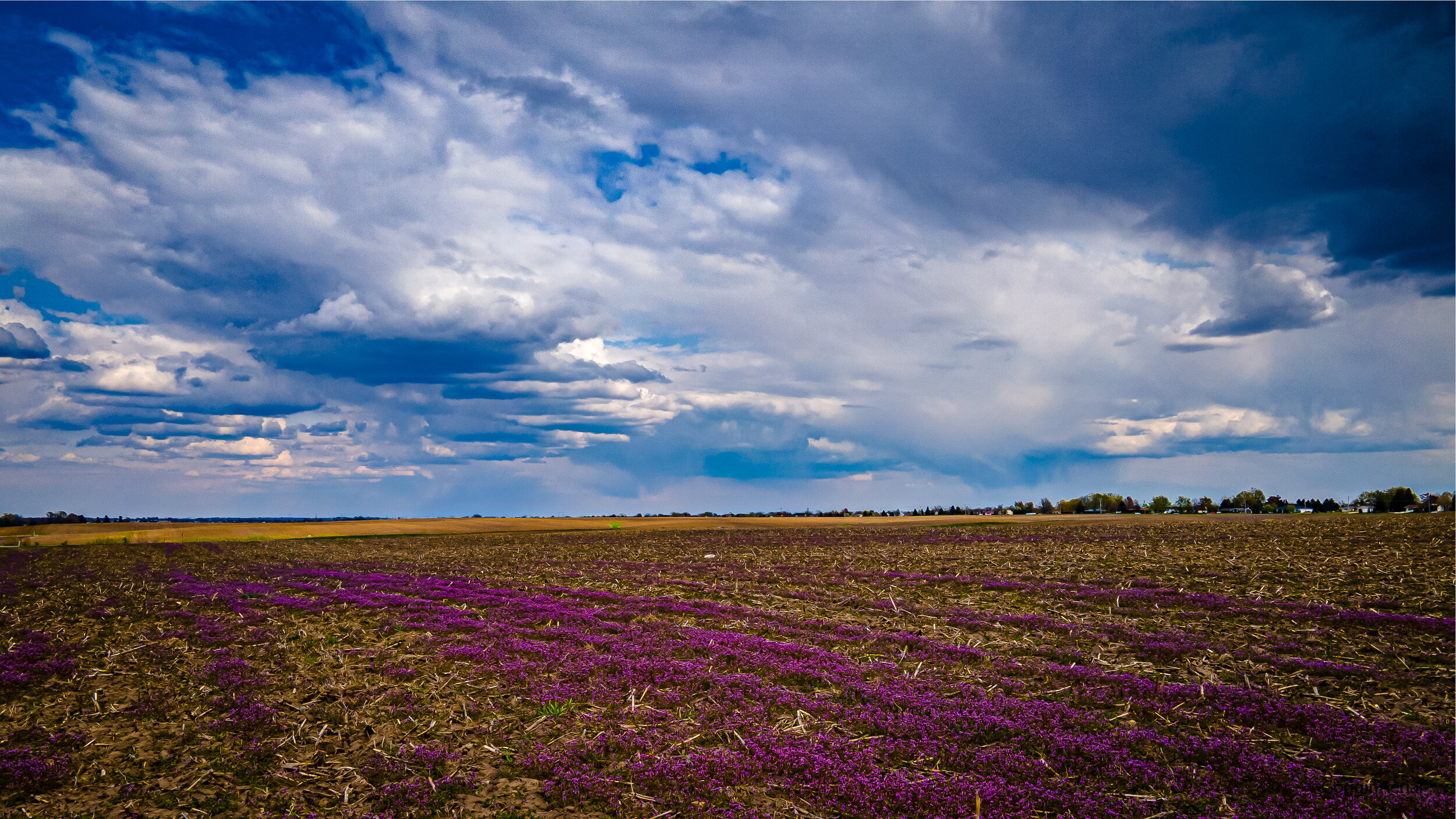

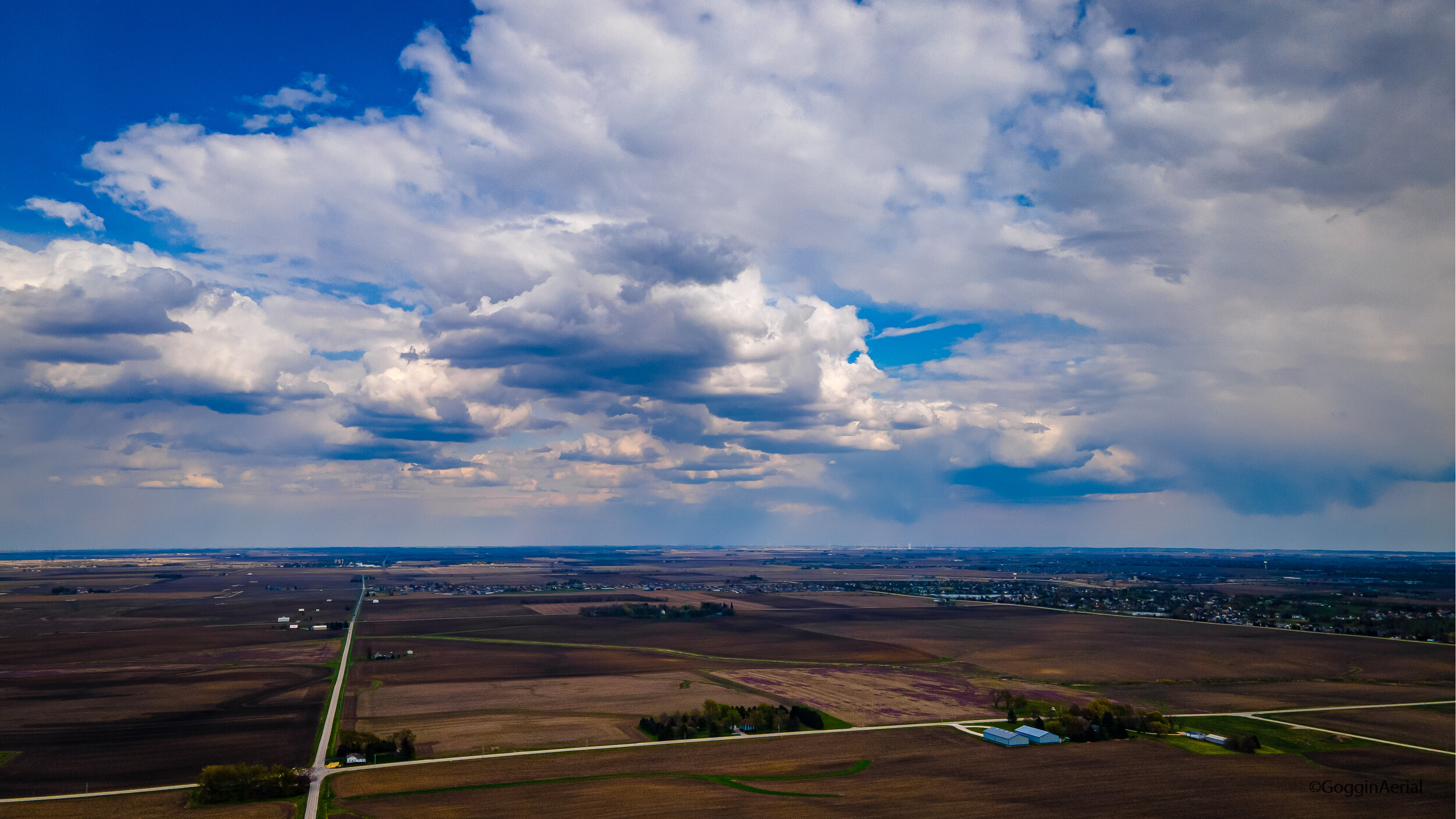
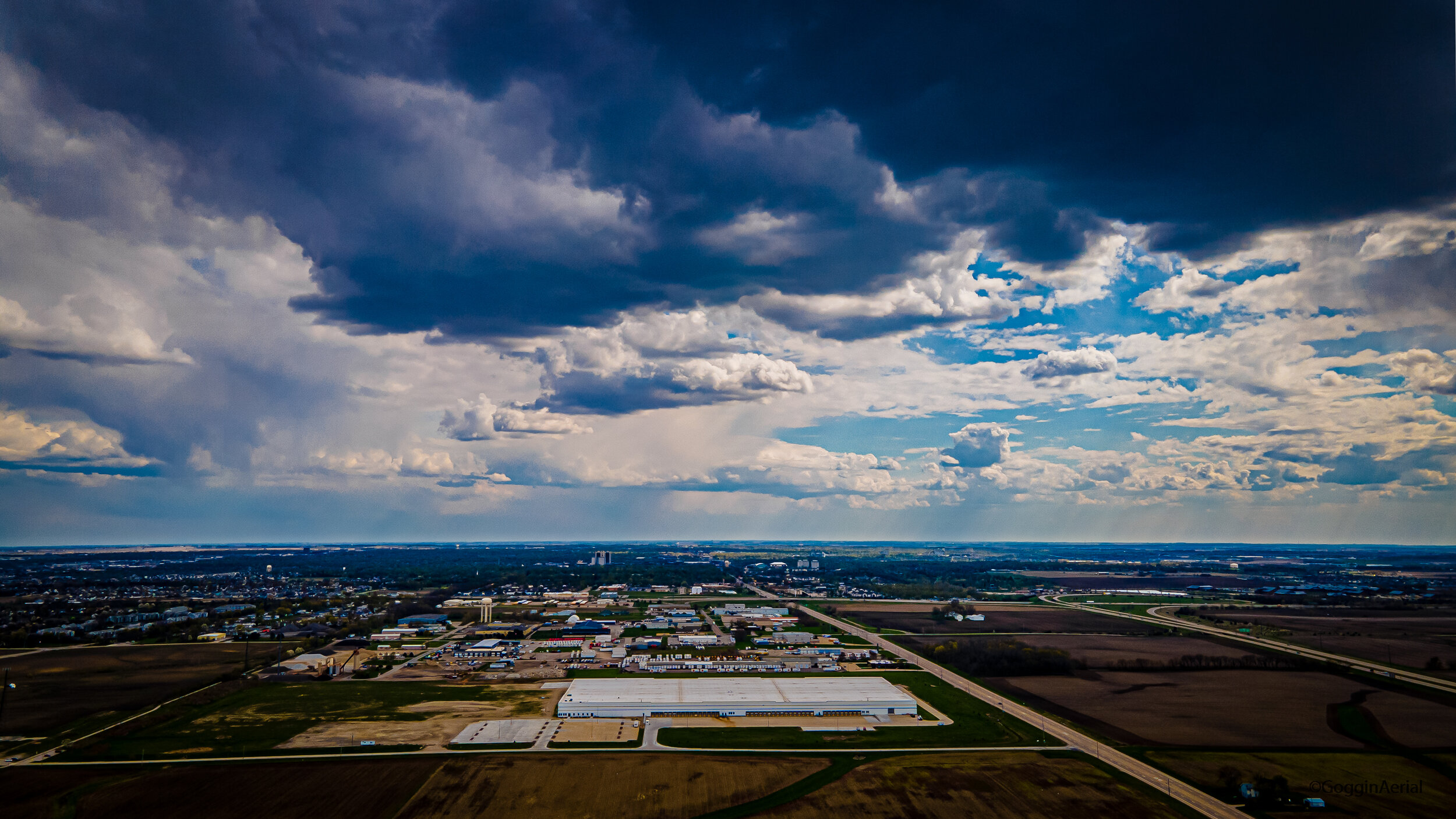

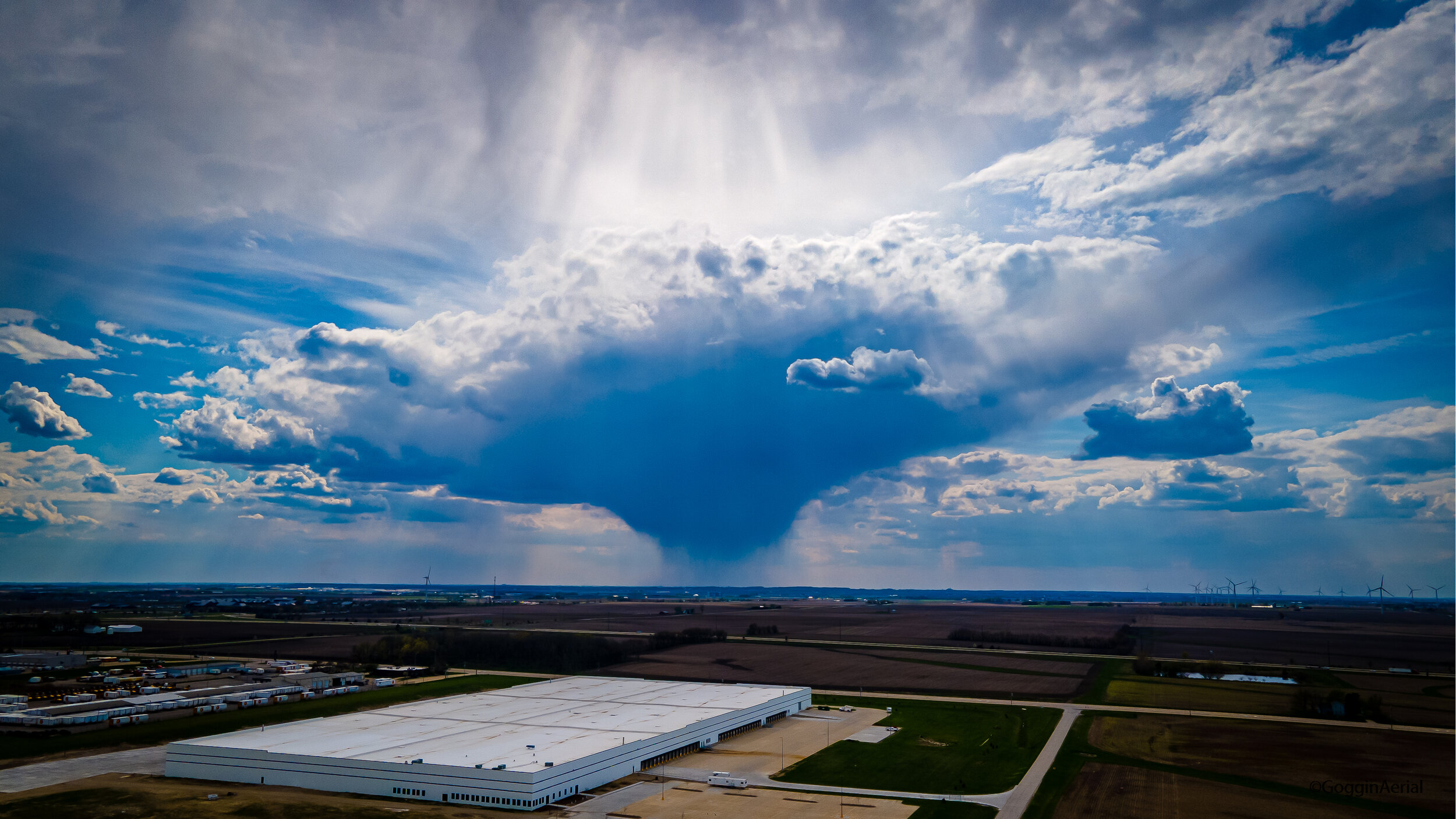
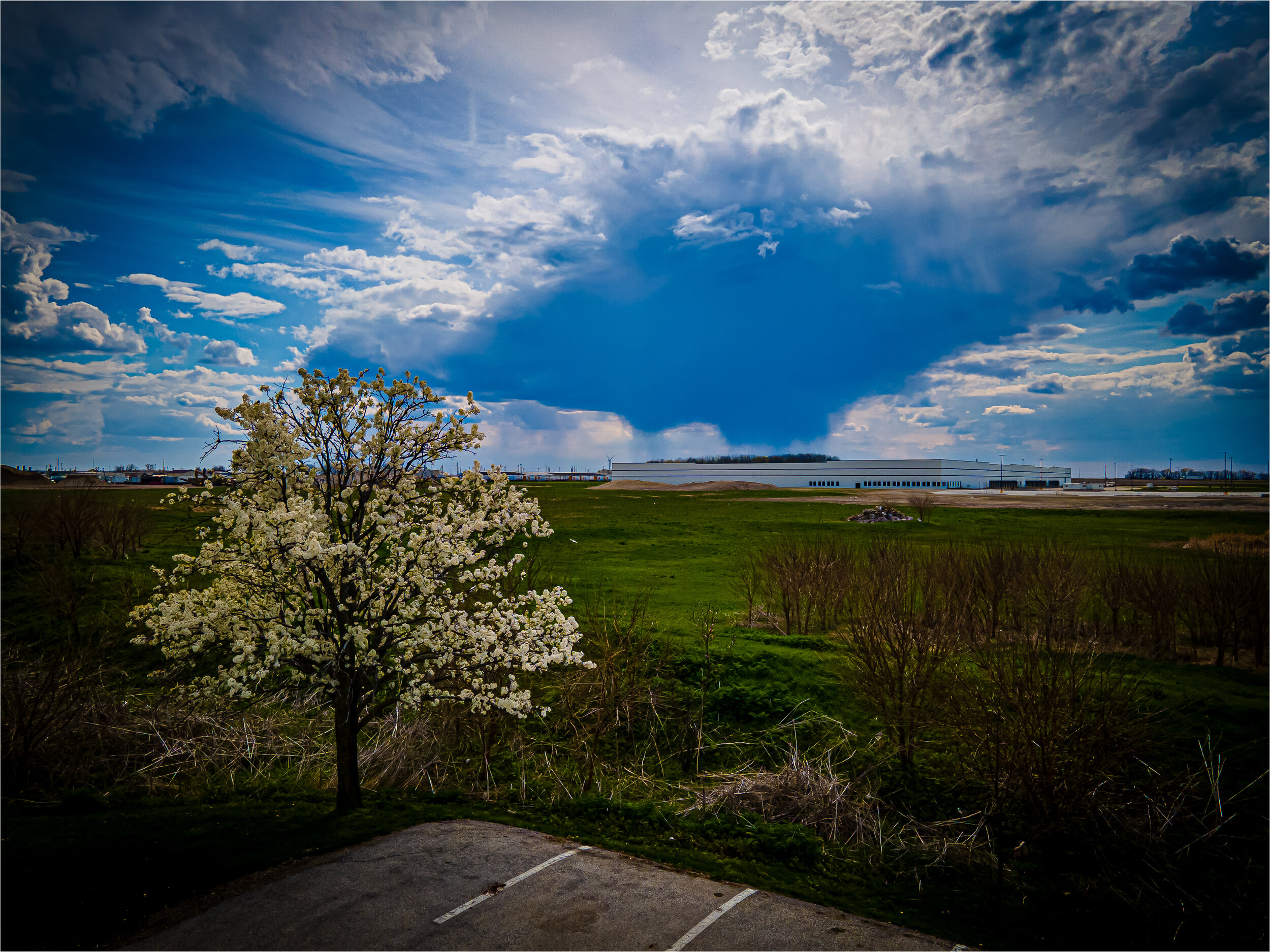
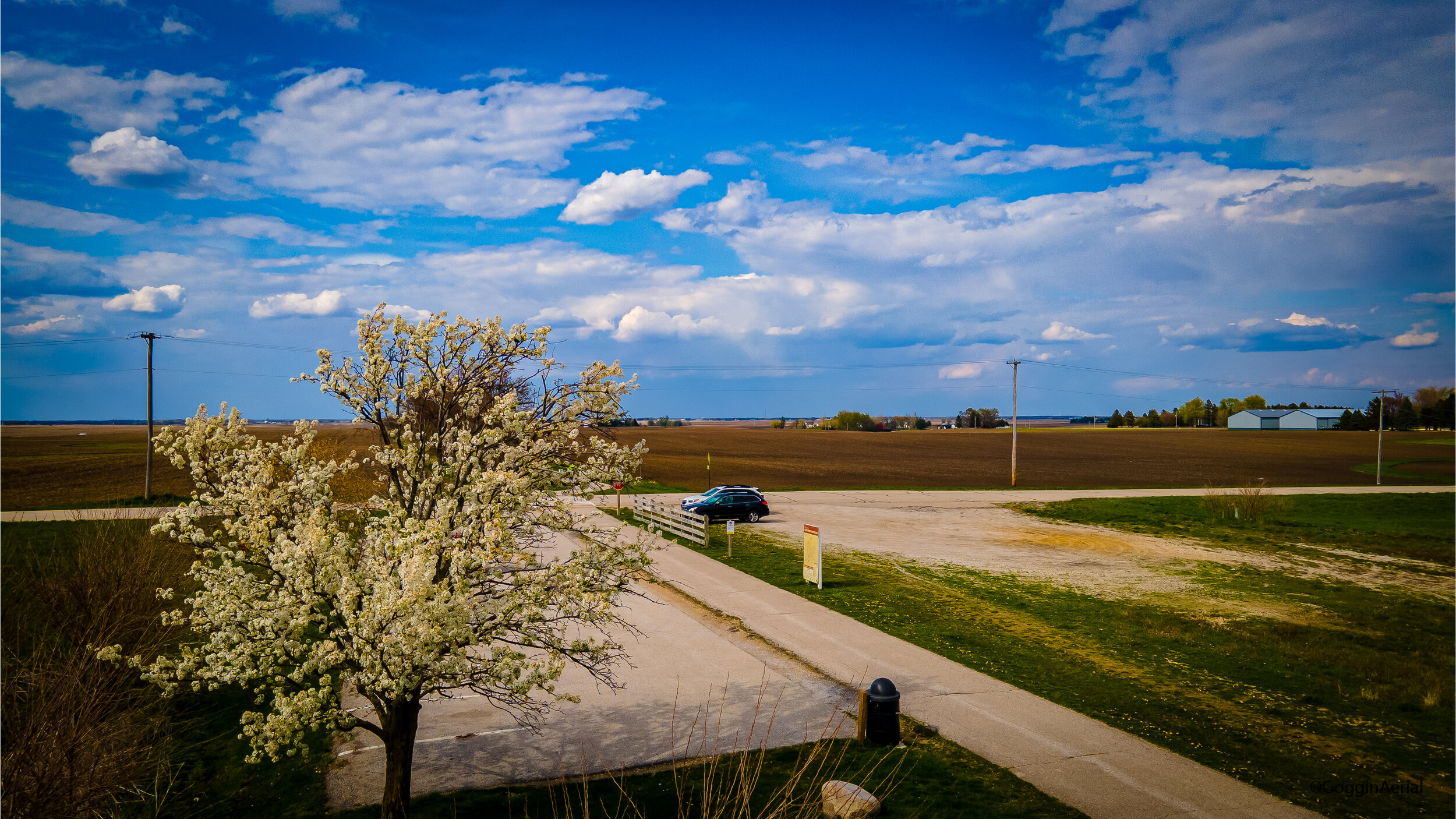
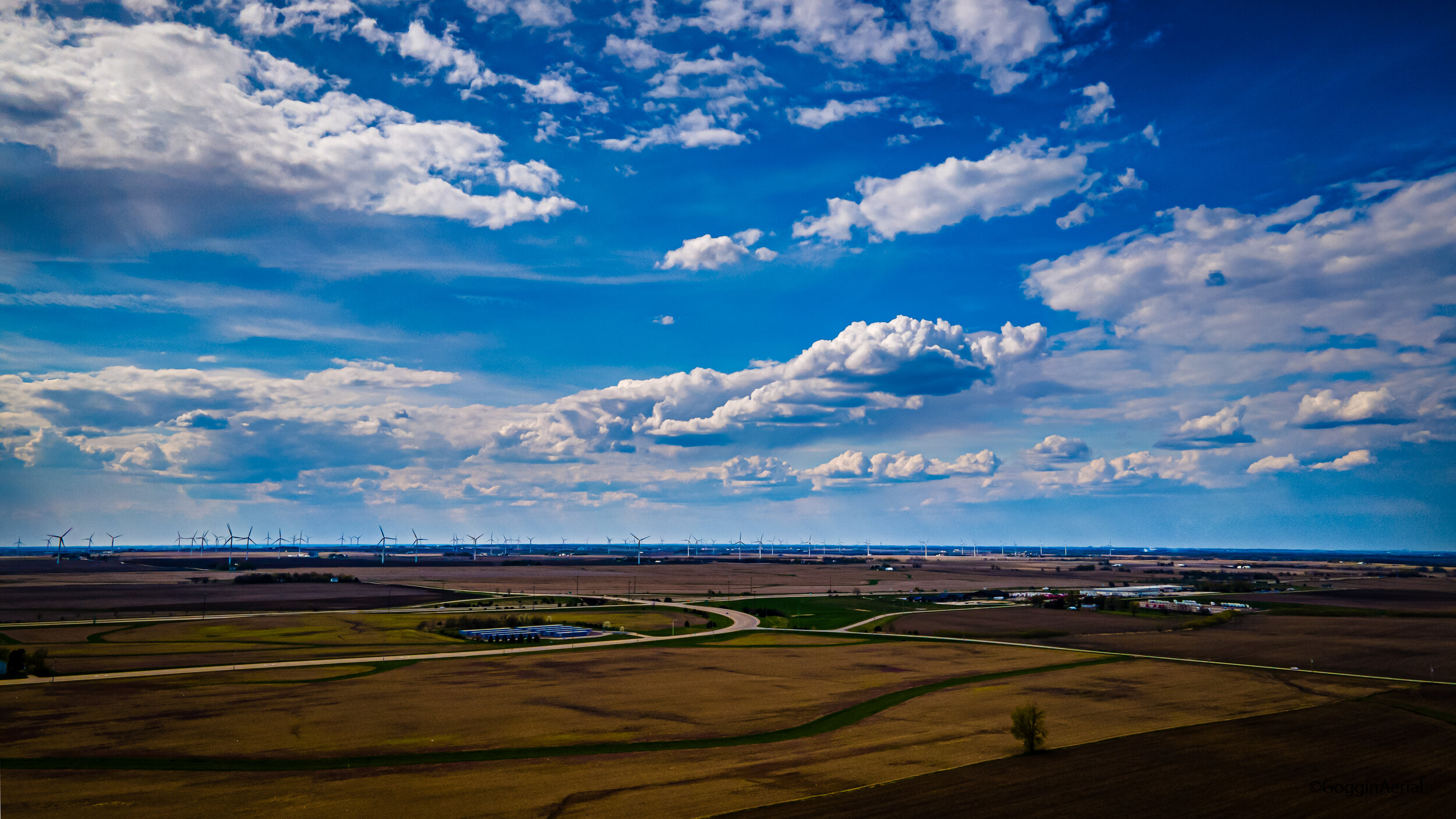
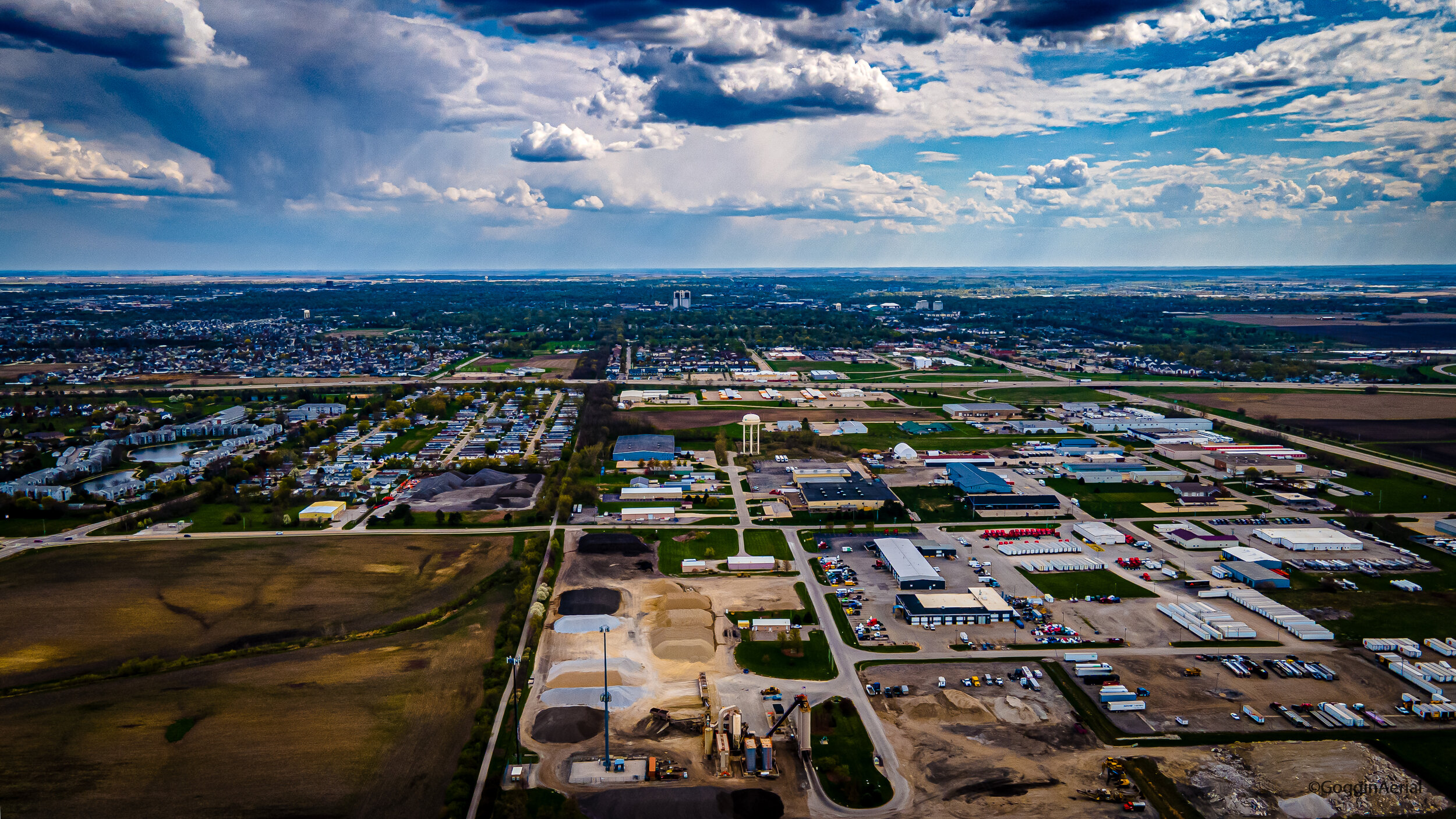
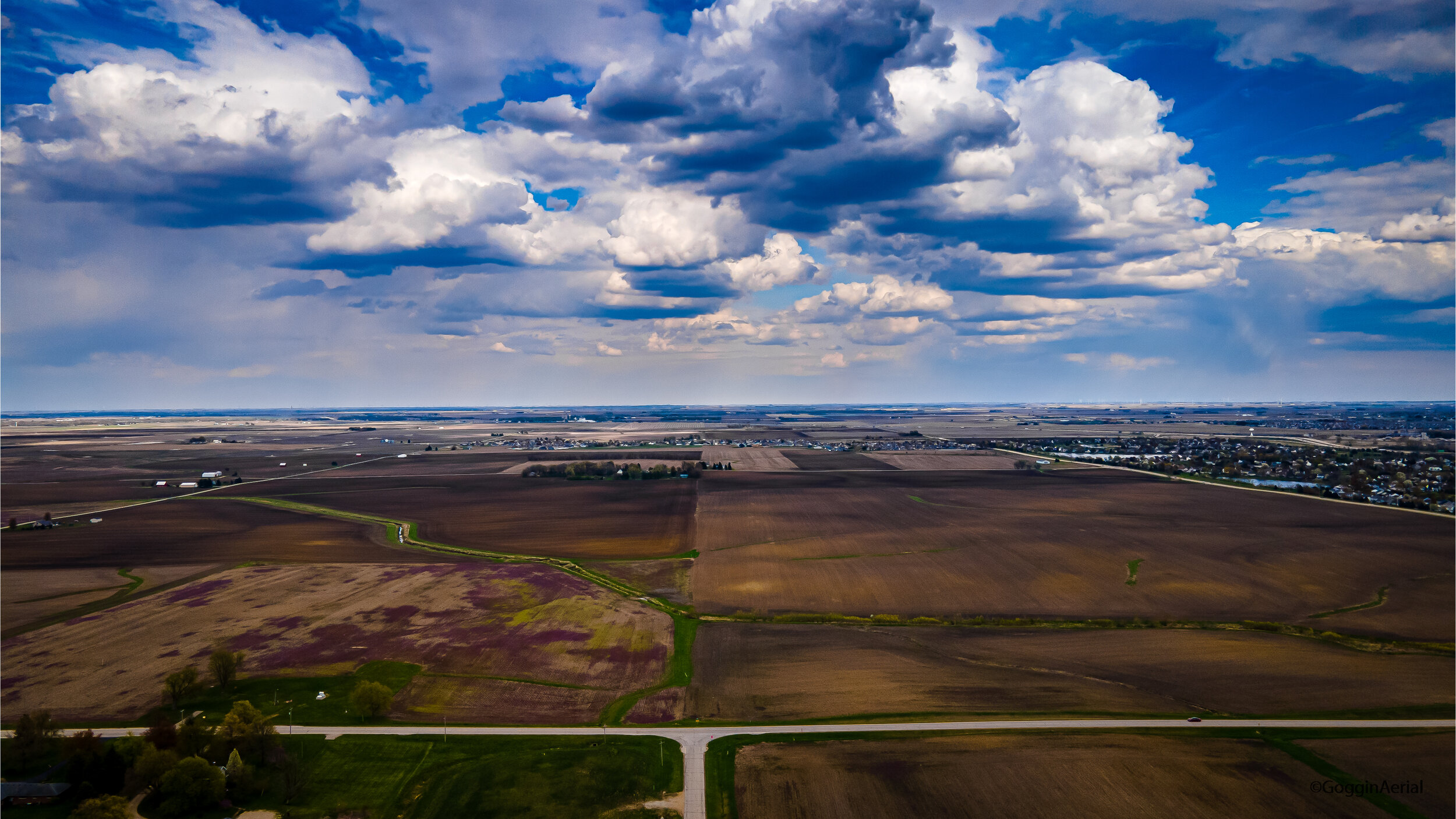

Sprague Super Service
This one was fun to shoot! Skies were gorgeous that day, just a little windier for my drone than I like, but not dangerously so. The station is situated on calm stretch of road not too far from downtown. It’s also far enough from BMI (the airport here in town) that altitude is not as much of an issue as it is at other nearby NRHP sites. Downtown’s high-rises can be seen standing in the near distance, and I got a sense of how this might have seemed a significant approach to a bustling metropolis half a century ago. Bloomington-Normal was a major economic draw for Farmers all over central IL, both as the county seat and fairgrounds location, but also as a major rail stop for livestock and grain transport. Bloomington-Normal was also a welcome pit stop for travelers along the “Bloody ‘66”, and that’s where this little station comes in. From the National Parks Service:
“The first gas stations along Route 66 were simple curbside pumps outside general stores. By the late 1920s, the Mother Road supported stand-alone gas stations--usually two pumps beneath a canopy with a simple office attached. Over time, gas station buildings became more substantial. Sprague’s Super Service in Normal, Illinois, may well represent the apex of this trend.
By 1931, when William Sprague built his station, most of the nation’s gas stations were affiliated with major oil companies such as Pure Oil, Phillip’s Petroleum, or Texaco. Architects for these companies provided functional, standardized station designs. Drivers could glance at a white building with three green stripes, for example, and know at once that because of the recognizable icon it was a Texaco station.
Like other small entrepreneurs of the time, Sprague took a different approach. A building contractor, he constructed his large, unique, brick, Tudor Revival gas station using high-quality materials and craftsmanship. The result, Sprague’s Super Service, appeared to be part manor house and part gas station, and sold City Service gas. Steep gables distinguished the broad, red roofline. Substantial brick peers supported the canopy. Stucco with decorative swirls and contrasting half timbering distinguished the second story….
…Visitors can easily imagine the 1930s, when Chevrolets, Buicks, and Plymouths pulled up under the canopy, and the station attendant pumped their tanks full of gasoline at 10 cents a gallon. After buying gas, travelers could step inside and eat at Sprague’s restaurant or pull into the bay and have their cars repaired. These enterprises occupied the ground floor of the building. Upstairs, a spacious apartment, complete with a sun room over the gas pump canopy, housed Sprague and his family. A second upstairs apartment housed the station attendant…
…The only Tudor Revival canopy gas station in the State of Illinois, Sprague’s is a testament to sound construction and local ingenuity.”
Bloomington High School
I didn’t actually know much about Bloomington High School as a historic site until I decided to embark on this photo series. Being a non-native resident I assumed the current BHS had been the location of the school all along, as is the case with so many other Midwestern towns that tend to reuse municipal land. I was pleased to discover this imposing yet inviting Gothic Revival sitting in the middle of town. The WWI-era building (and, incidentally, the gorgeous 1950s Methodist Church directly across the street) provide an interesting break from the drab severity of 1970s Mid-Rises that surround them.
A bit of history, from Wikipedia:
“The Old Bloomington High School is a historic high school building at 510 E. Washington Street in Bloomington, Illinois. Opened in 1917, the building replaced another high school building from 1895, which was one of several buildings used for the local high school since its establishment in 1857; all of these older buildings have since been demolished. Bloomington architect Arthur L. Pillsbury designed the building in the Collegiate Gothic style, a variant on the popular Gothic Revival style which, as its name suggests, was mainly used for large educational buildings. The building's design includes a large, detailed Gothic arched main entrance with towering piers at each side, large windows with limestone surrounds, and projecting piers at the front corners and side entrances. In 1936-37, an addition funded by the Works Progress Administration was added to the building; the addition was designed by Schaeffer & Hooten, a descendant of Pillsbury's firm, and matched the style of the original building. The building served as Bloomington's main high school until a new building opened in 1959. It then became a junior high school and remained so until it closed in 1990.”
Camelback Bridge
I’m working on a series capturing every site in McLean County, IL that’s listed on the National Register of Historic Places from the air. These types of Aerial photographs can be tricky, having to fly my drone within the bounds of controlled airspace as I do for any location in the Bloomington-Normal area. In many cases this limits my altitude to 100 feet or less, which is not enough to clear treetops in some parts of town. Camelback Bridge is one of those places where the maximum altitude is an issue. I’m still happy with the shots I was able to capture and I’m glad the detail of this historic piece of infrastructure comes through.
A little history on the bridge, from Wikipedia:
“The bridge was built by the Illinois Central Railroad around the 1880s to allow traffic on Virginia Avenue to pass over its railroad line. The Phoenix columns were likely salvaged from another Illinois Central bridge which crossed the Illinois River at LaSalle. When the railroad stopped using the tracks, the original form was no longer needed, and during the rehabilitation, the bridge was rebuilt to a lower height to allow easier access to vehicles.”









